Odonata is an order that includes the dragonflies and damselflies.
These insects characteristically have large, rounded heads covered mostly by well-developed, compound eyes for good vision, nimble agile legs, two pairs of long, transparent wings that move independently for superior aerial control, and elongated abdomens.
Flight in the Odonata is direct, with flight muscles attaching directly to the wings, this allows active control of the amplitude, frequency, angle of attack, help Odonates catch prey in flight.
Odonates are aquatic or semi-aquatic as juveniles and adults are most often seen near bodies of water although many species range far from water. They are carnivorous, usually insectivorous throughout their life, mostly feeding on smaller insects., although larger nymph are able to prey on small fish. The nymphs have stockier, shorter, bodies than the adults. In addition to lacking wings, their eyes are smaller, their antennae longer, and their heads are less mobile than in the adult. Both Damselfly and dragonfly nymphs are aquatic with damselfly nymphs breathing through external gills on the abdomen, while dragonfly nymphs respire through an organ in their rectum.
Although fairly, dragonflies are strong fliers with robust bodies and at rest hold their wings either out to the side or out and downward or even somewhat forward. Damselflies on the other hand tend to be less robust, even delicate in flight, and when at rest most species hold their wings folded back over the abdomen. Dragonfly eyes occupy much of the animal’s head, while there is typically a gap in between the eyes in damselflies.
Male Odonata have complex genitalia, including grasping cerci for holding the female and a secondary set of copulatory organs on the abdomen in which the sperm are held after being produced by the primary genitals. To mate, the male grasps the female by the thorax or head with the grasping cerci and bends her abdomen so that her own genitalia can be grasped by the copulatory organs holding the sperm.
Odonates have been used as bioindicators of water quality in aquatic habitats since they rely on high quality water for proper development in early life, more so for some species that others. Since their diet consists almost entirely of insects, odonate density is directly proportional to the population of prey, and their abundance indicates the abundance of prey in the ecosystem. There also seems to be a positively correlated with the species richness of dragonflies and species richness of vascular plants in that habitat.
Source: Wikipedia
Family Aeshnidae (Darners)
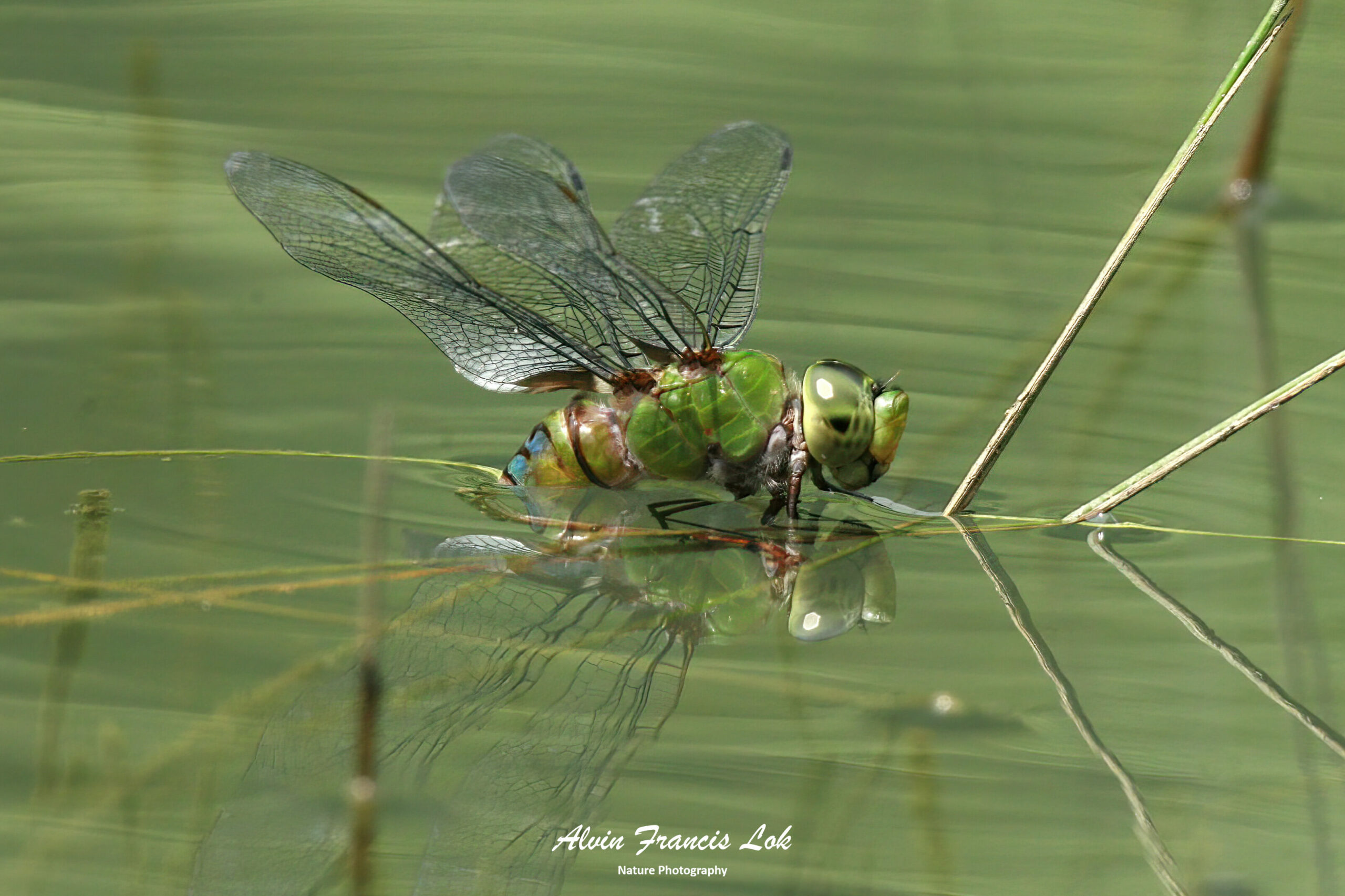
(Singapore)
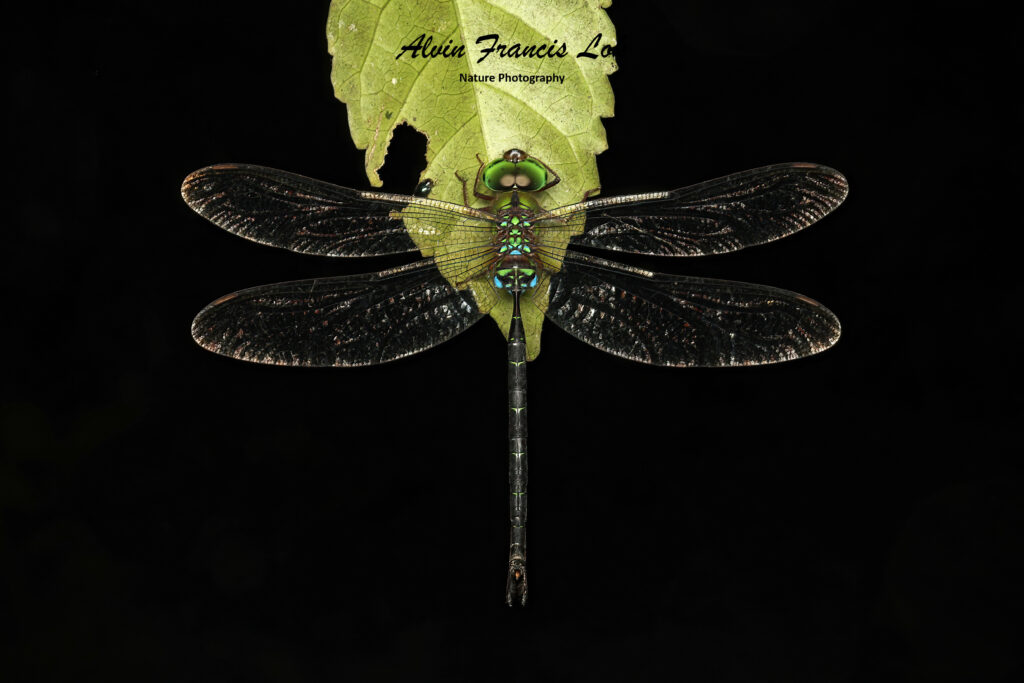
(Singapore)
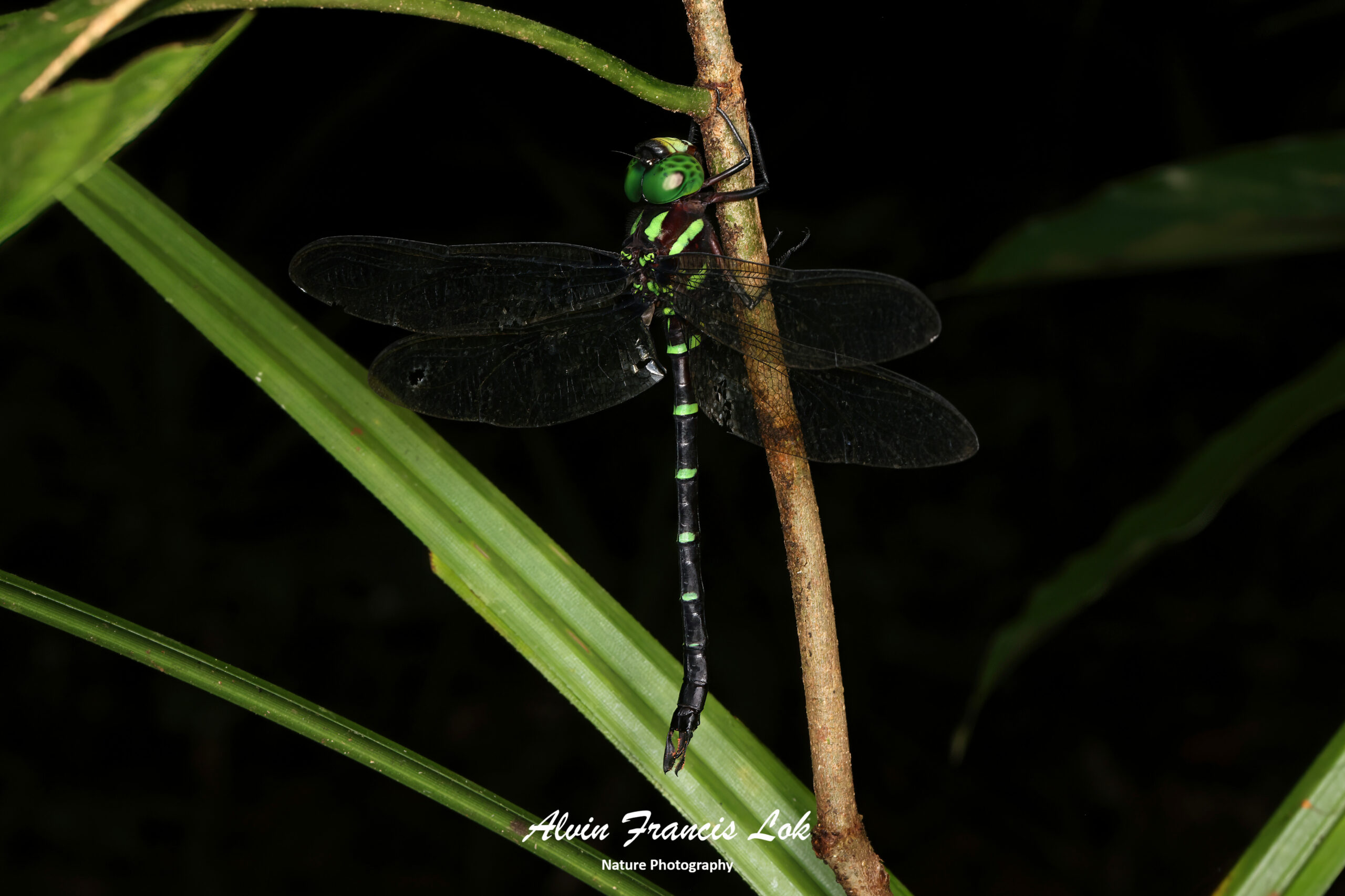
(Khao Sok NP, Thailand)
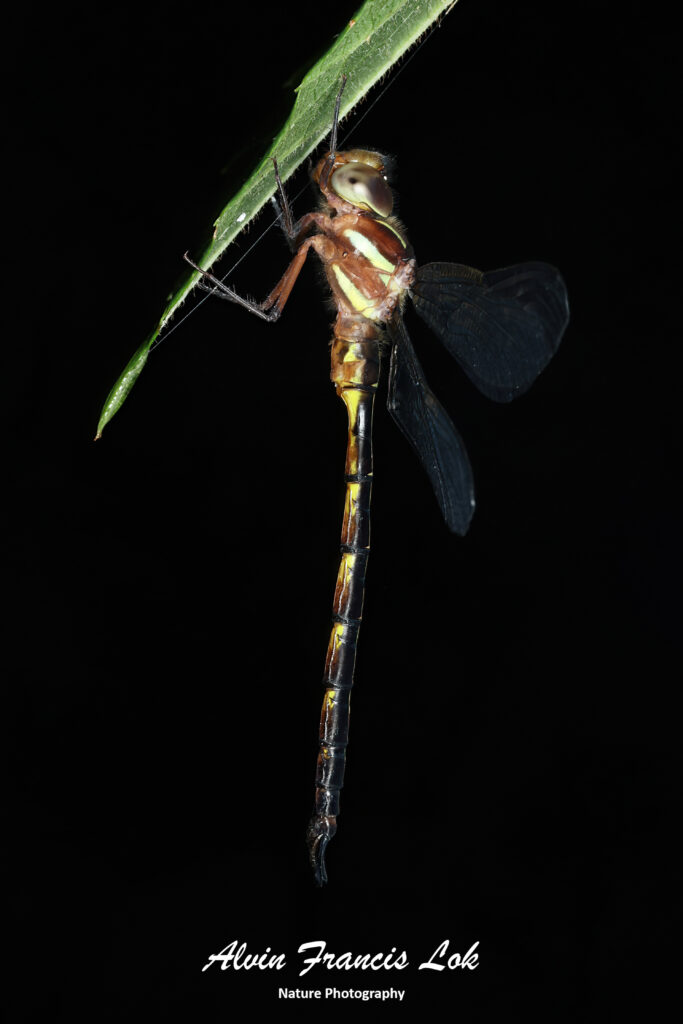
(Doi Inthanon NP, Thailand)
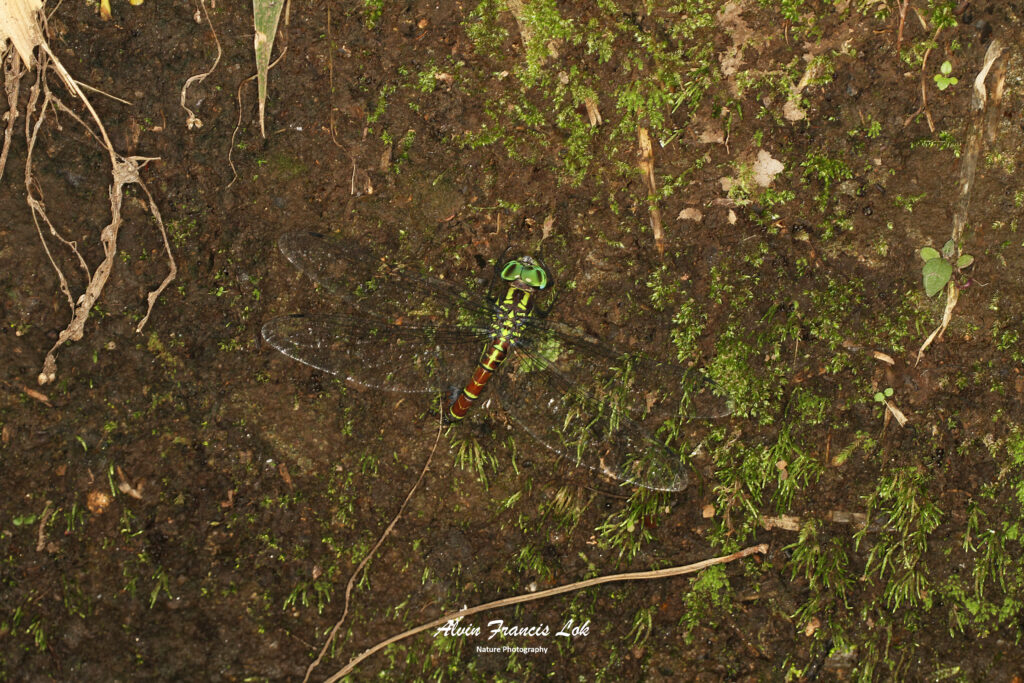
(Doi Inthanon NP, Thailand)
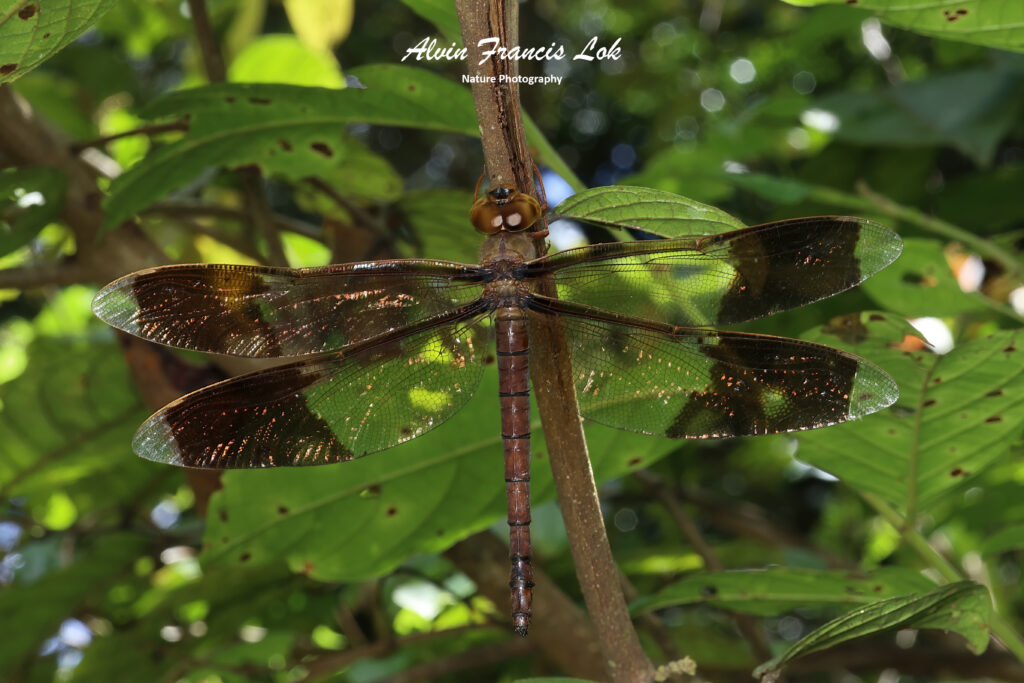
(Sabah, Malaysia)
Family Argiolestidae (Flatwings)
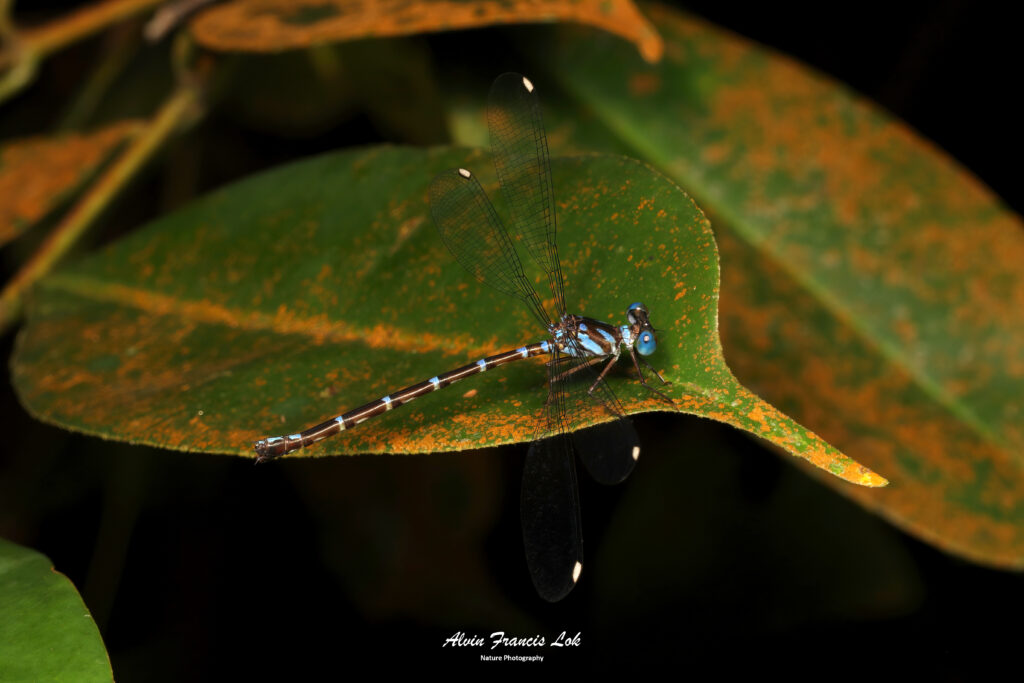
(Singapore)
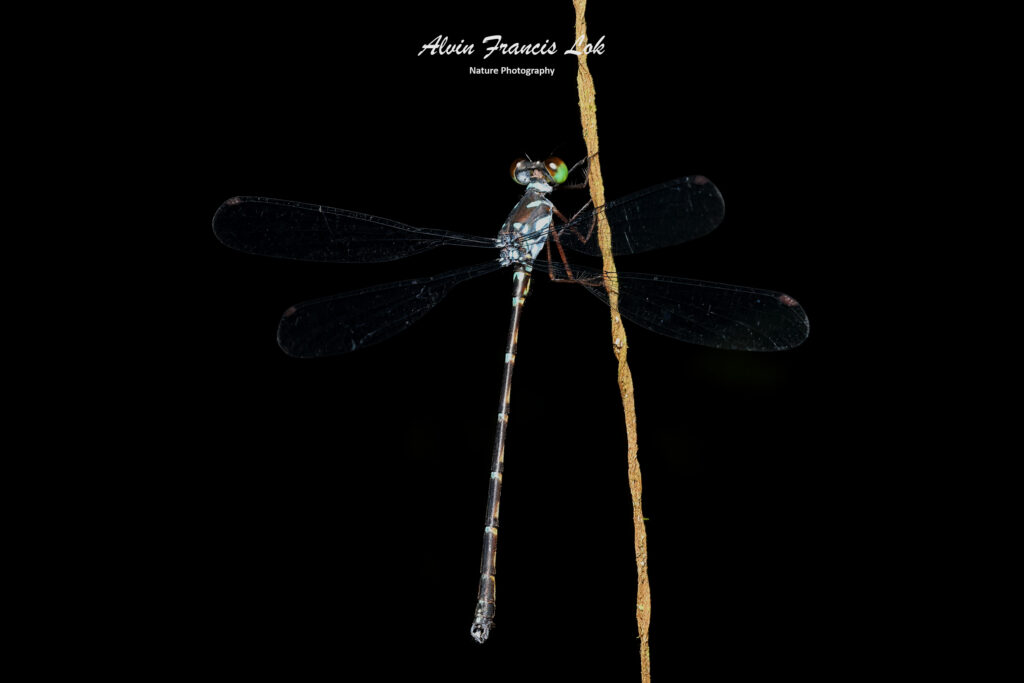
(Sarawak, Malaysia)
Family Calopterygidae (Broad-winged Damselflies)
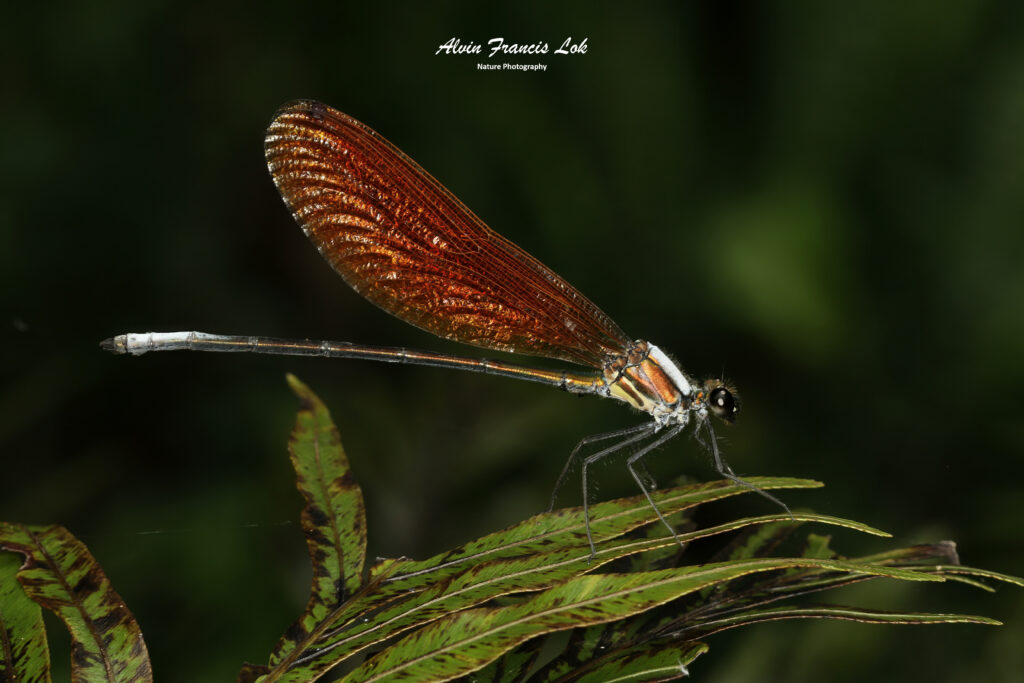
(Doi Inthanon NP, Thailand)
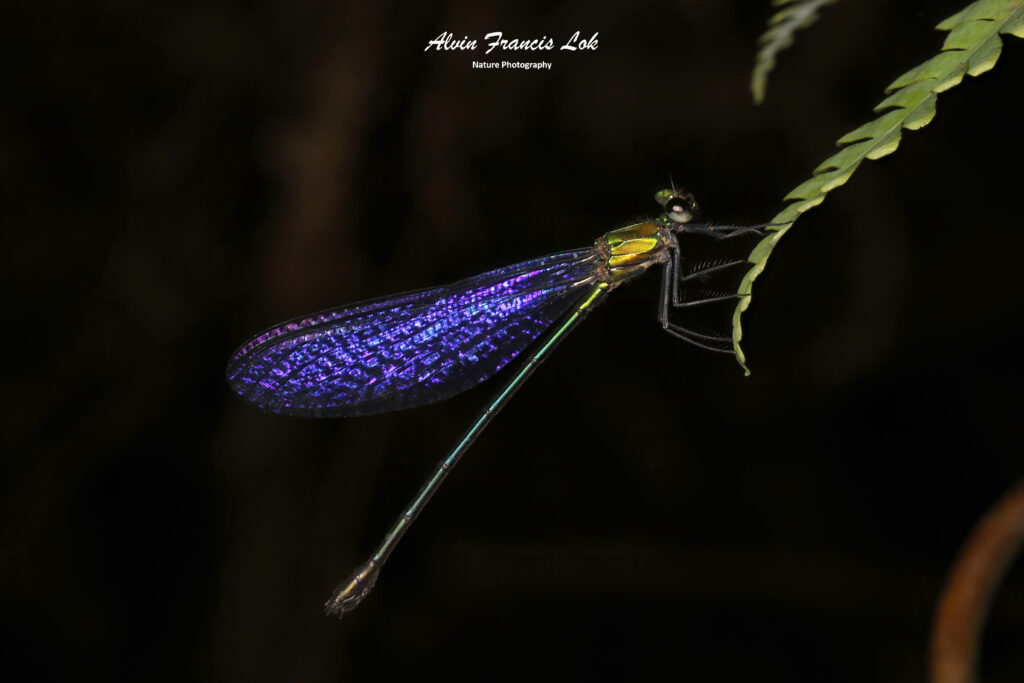
(Singapore)
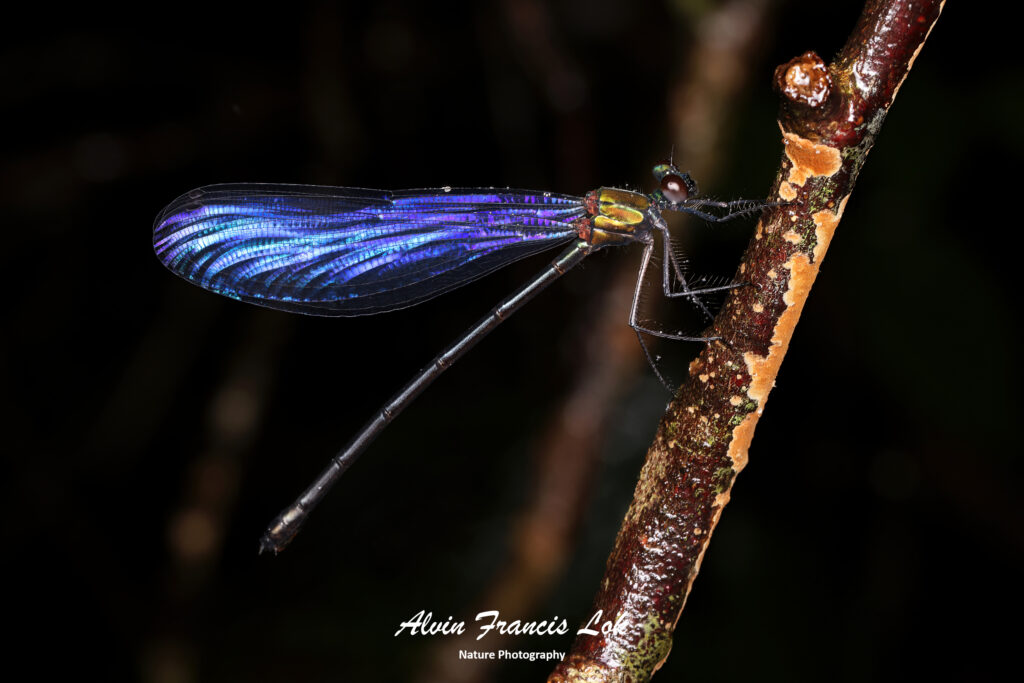
(Khao Sok NP, Thailand)
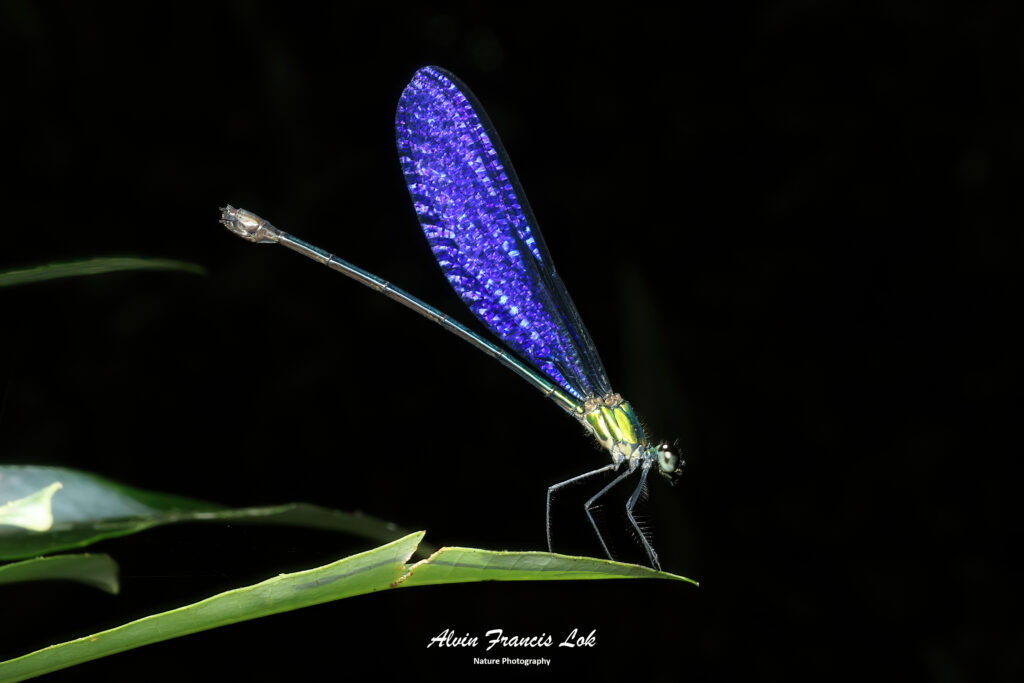
(Sarawak, Malaysia)
Family Chlorocyphidae (Jewels)
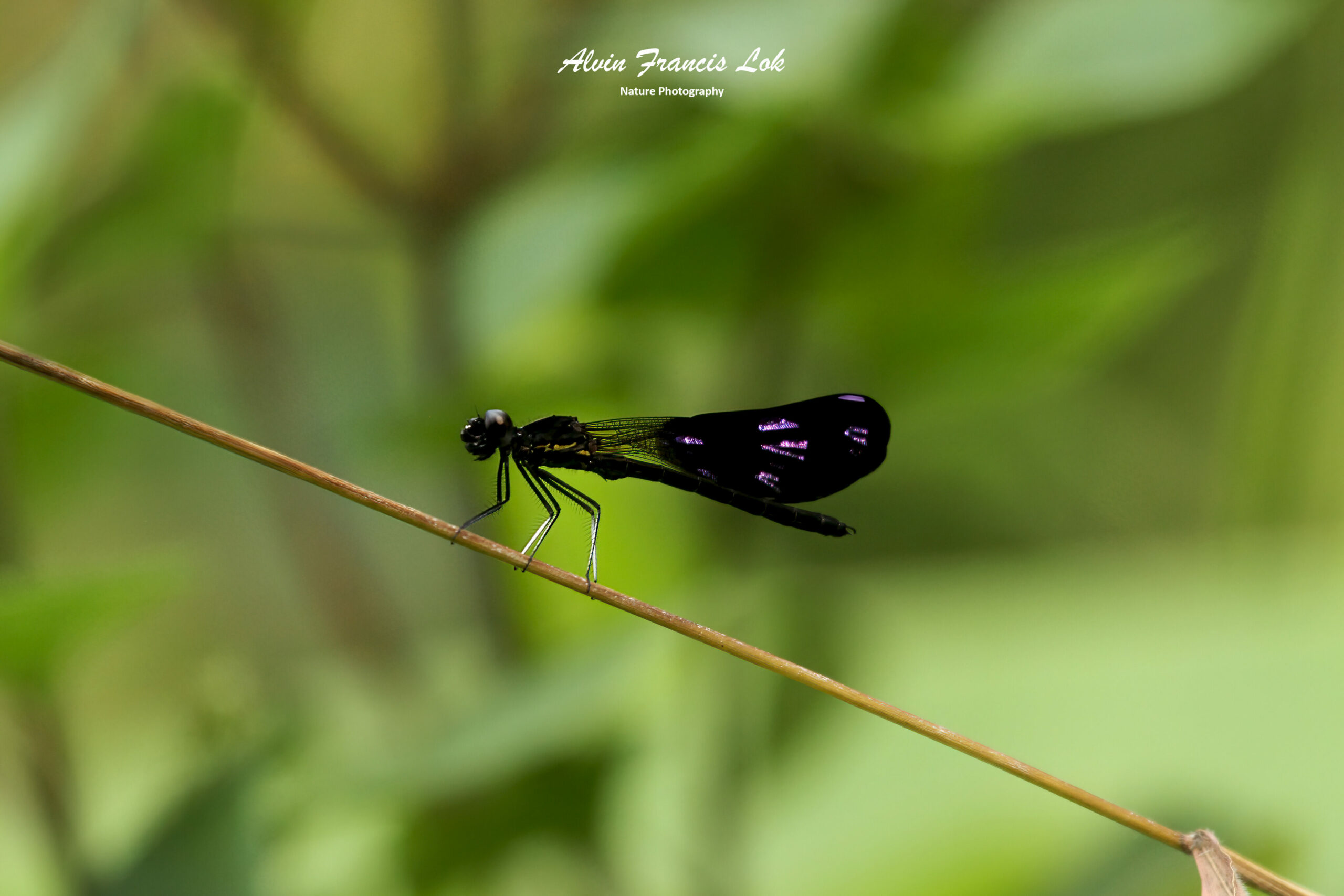
(Doi Inthanon NP, Thailand)
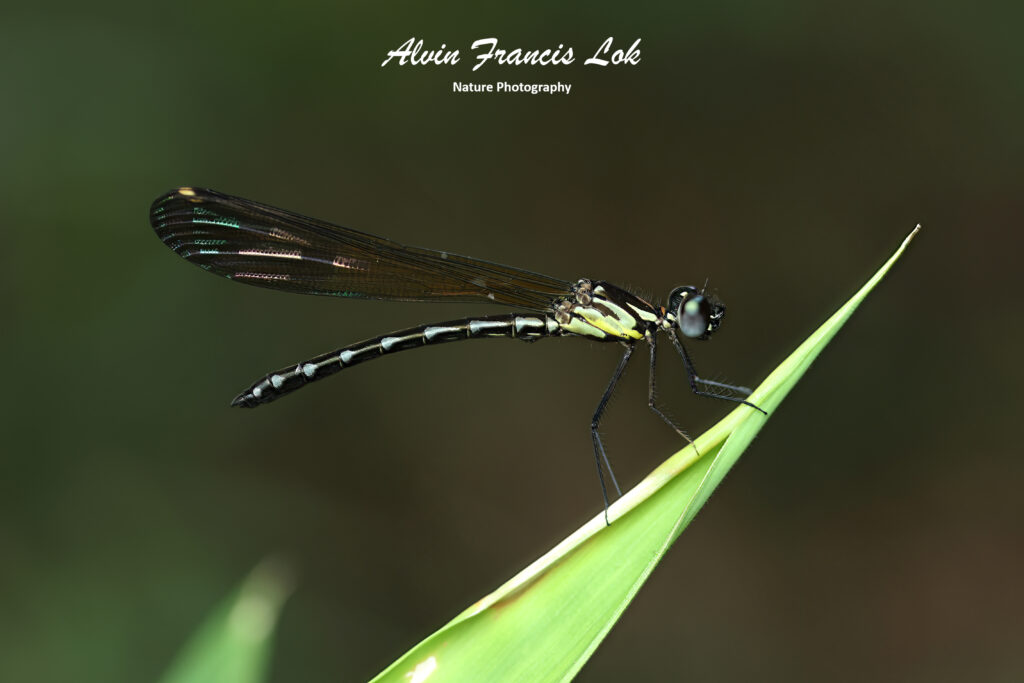
(Doi Inthanon NP, Thailand)
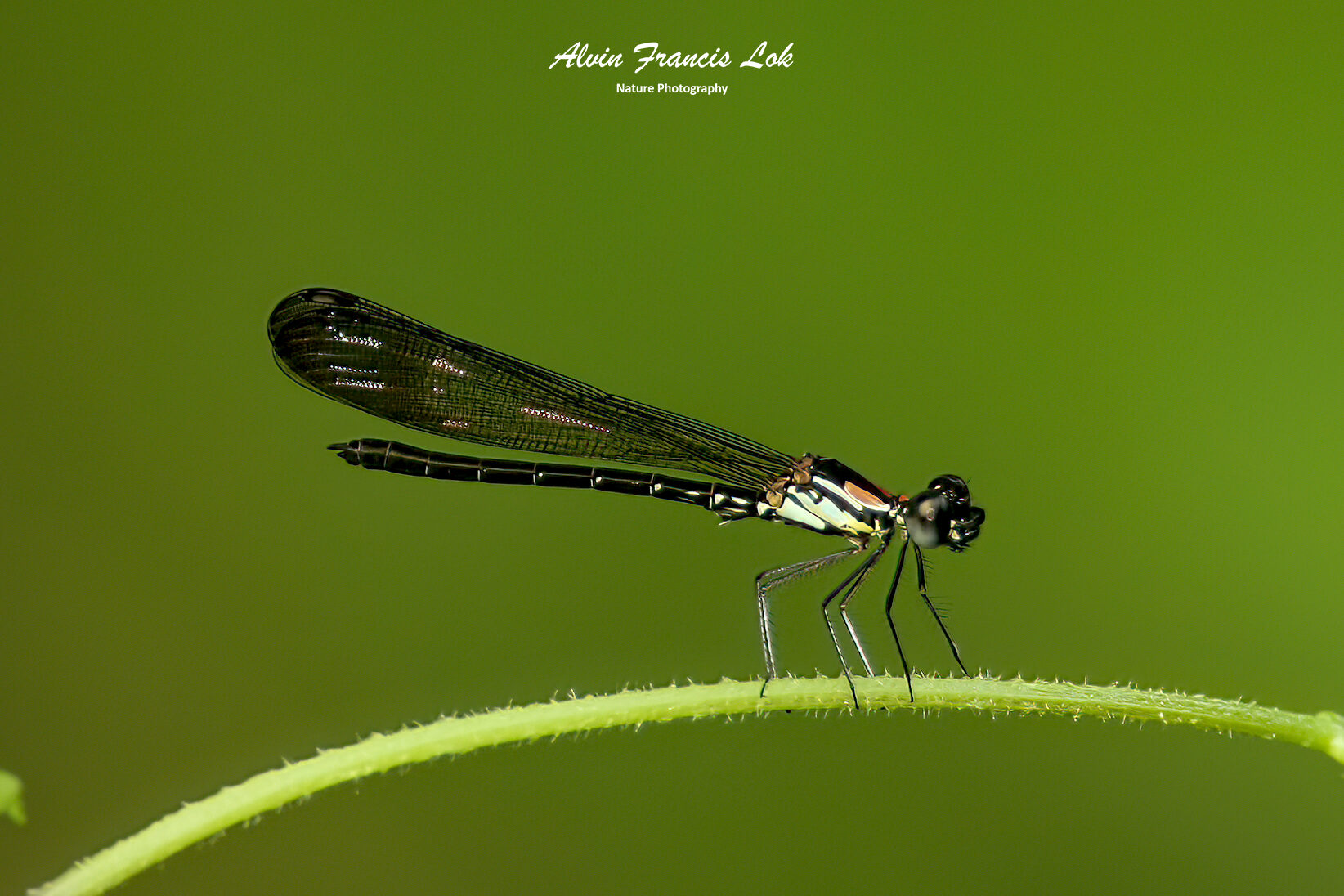
(Singapore)
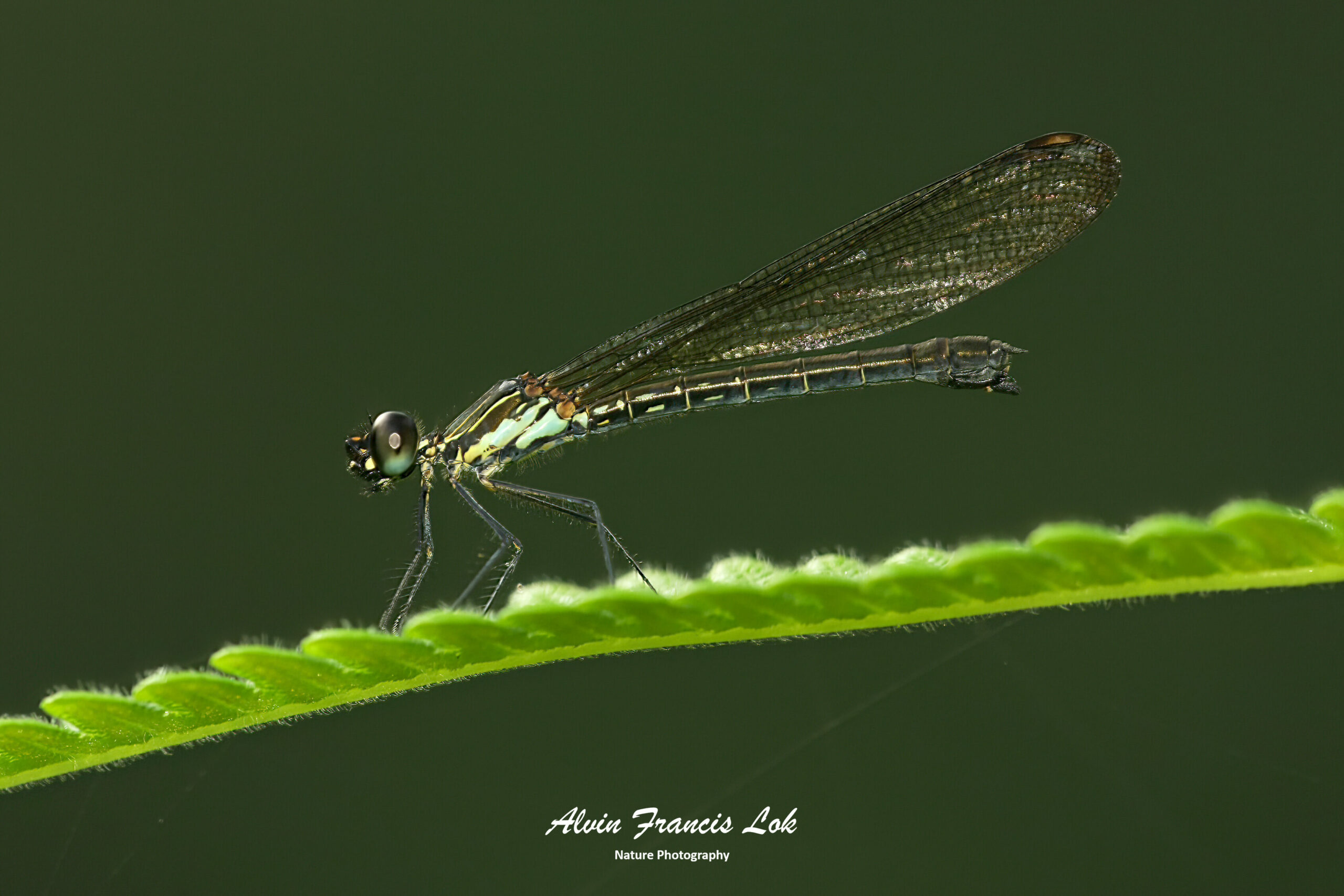
(Singapore)
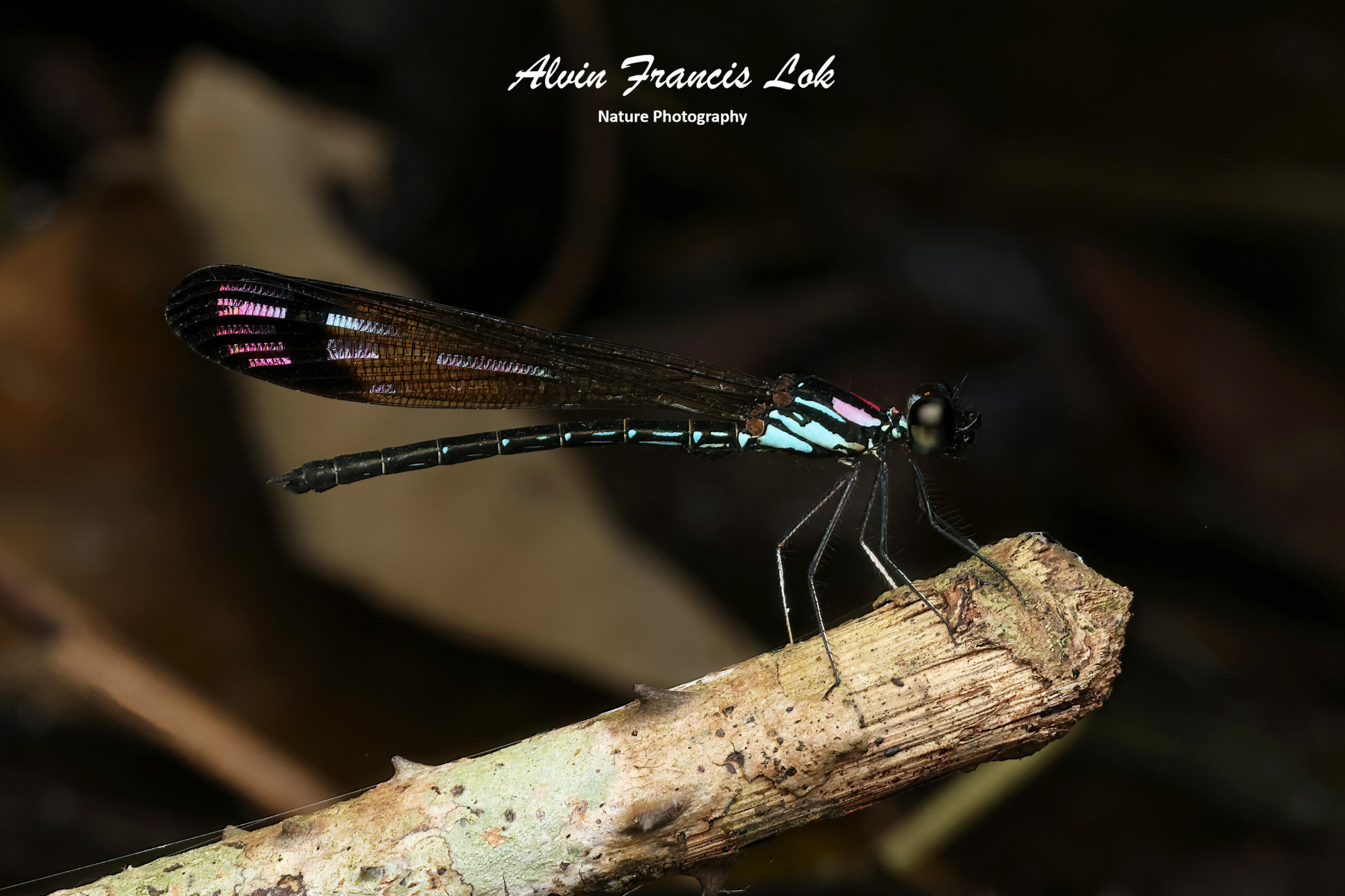
(Kaeng Krachan NP, Thailand)
Family Coenagrionidae (Narrow-winged Damselflies)
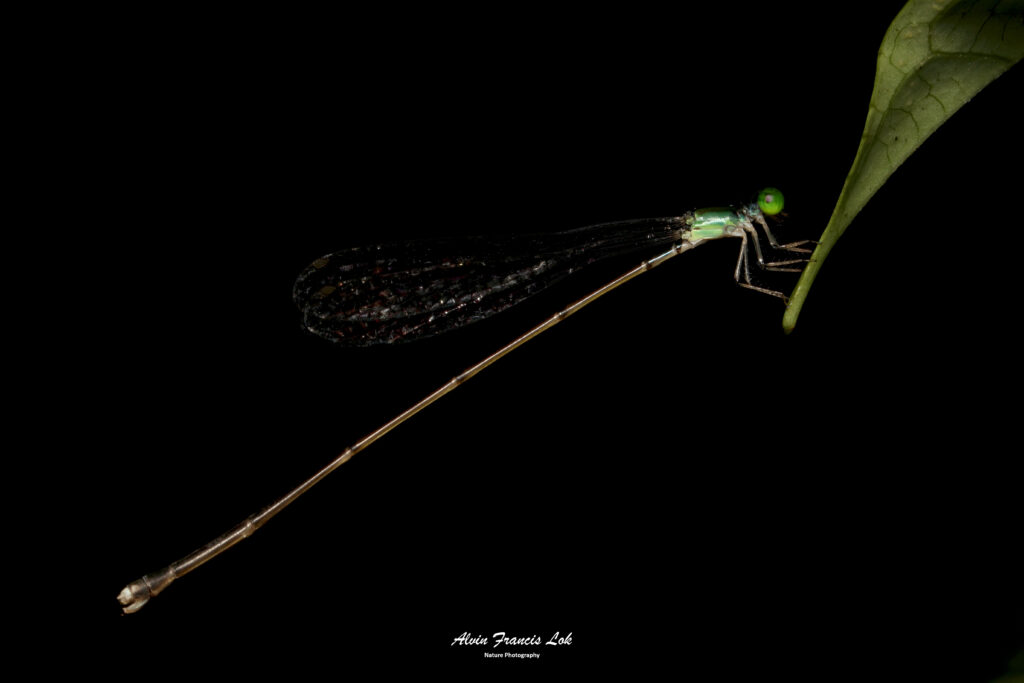
(Singapore)
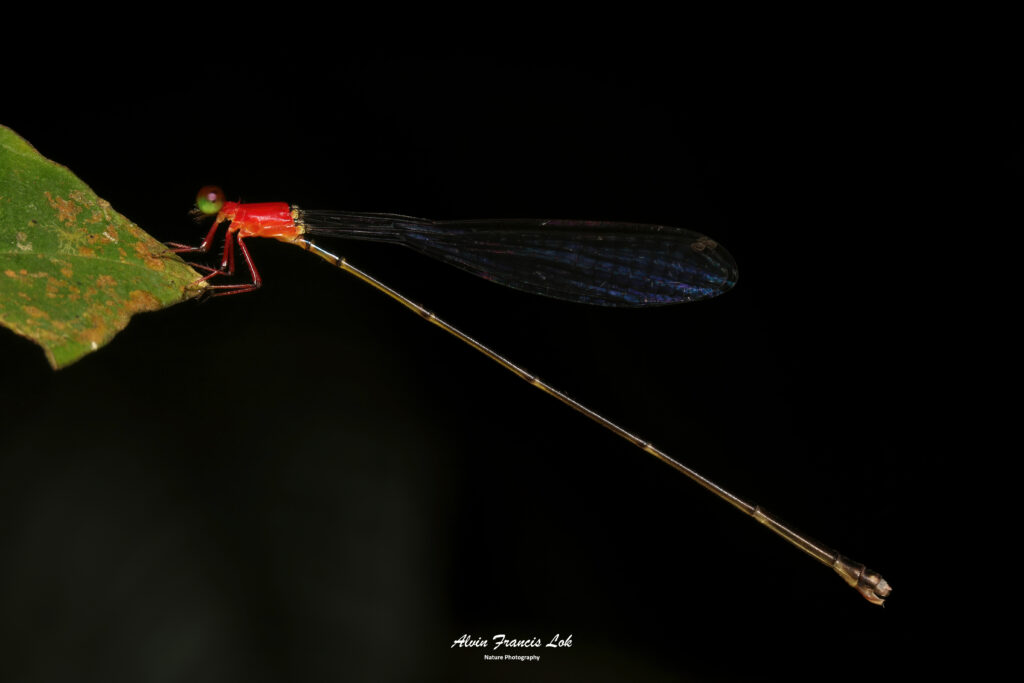
(Singapore)
Family Devadattidae (Asian Grisettes)
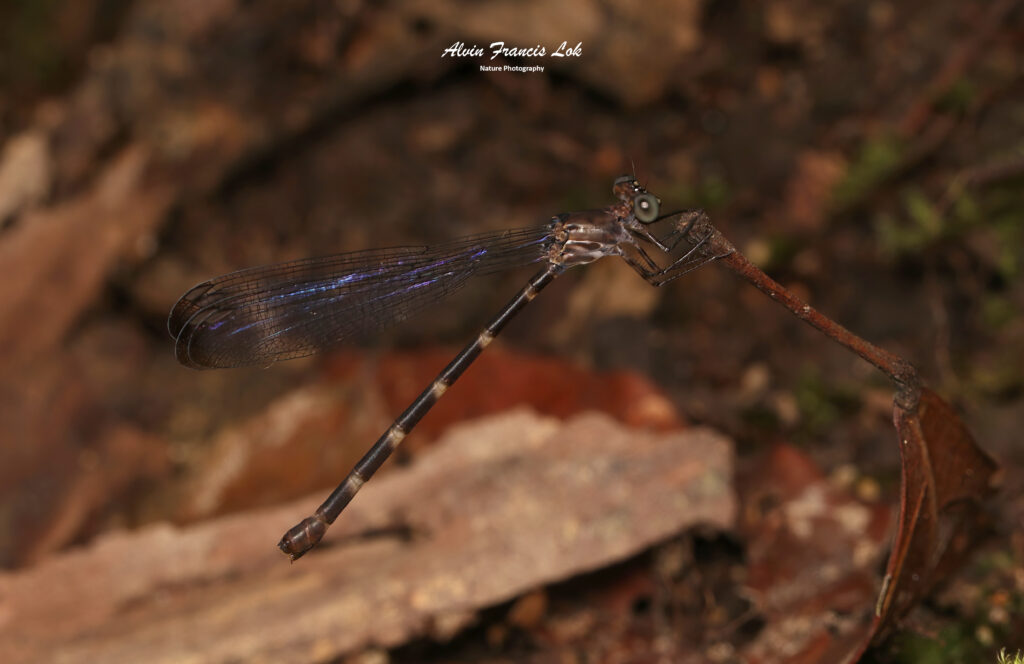
(Singapore)
Family Euphaeidae (Gossamerwings and Allies)
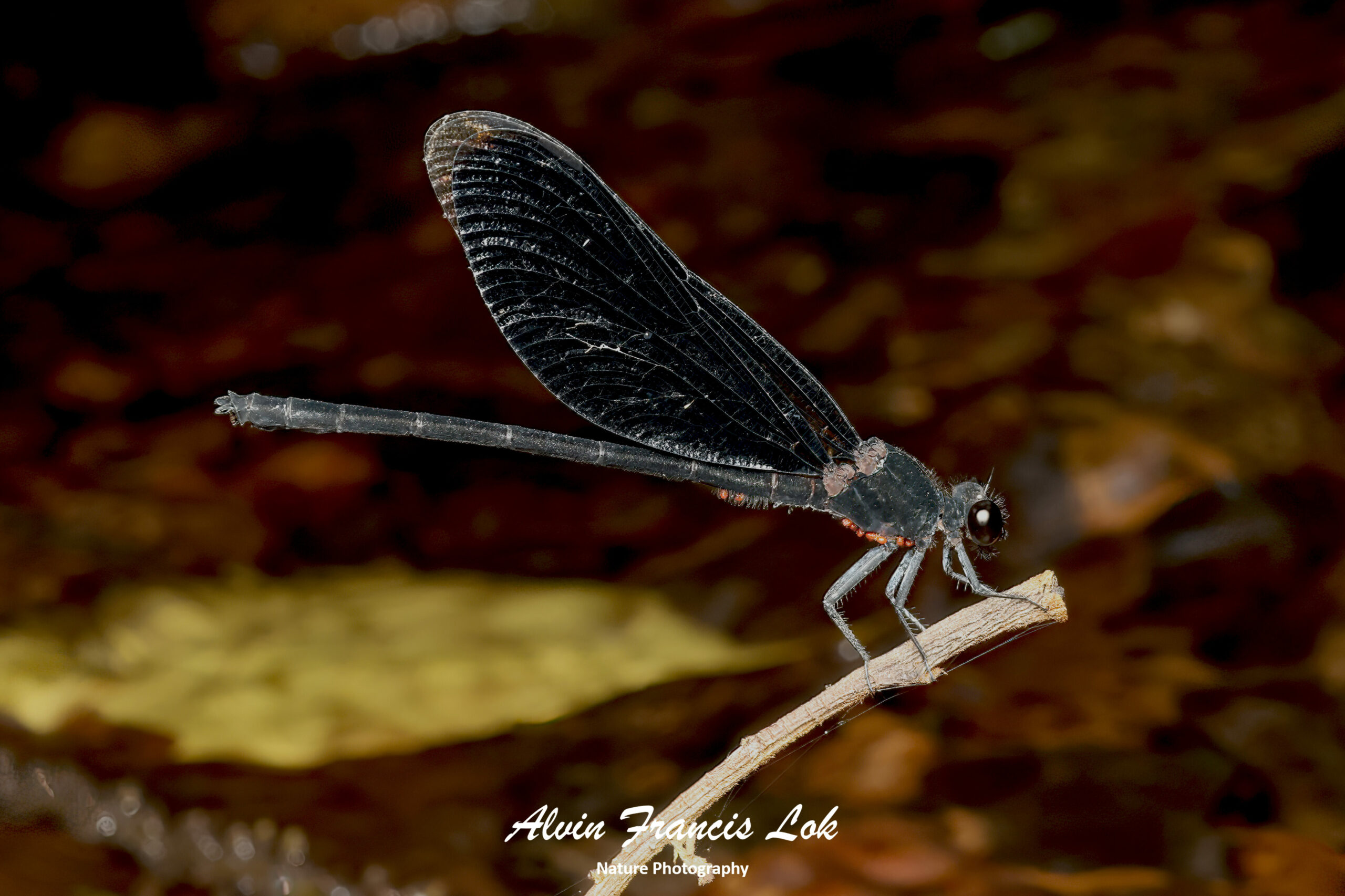
(Kaeng Krachan NP, Thailand)
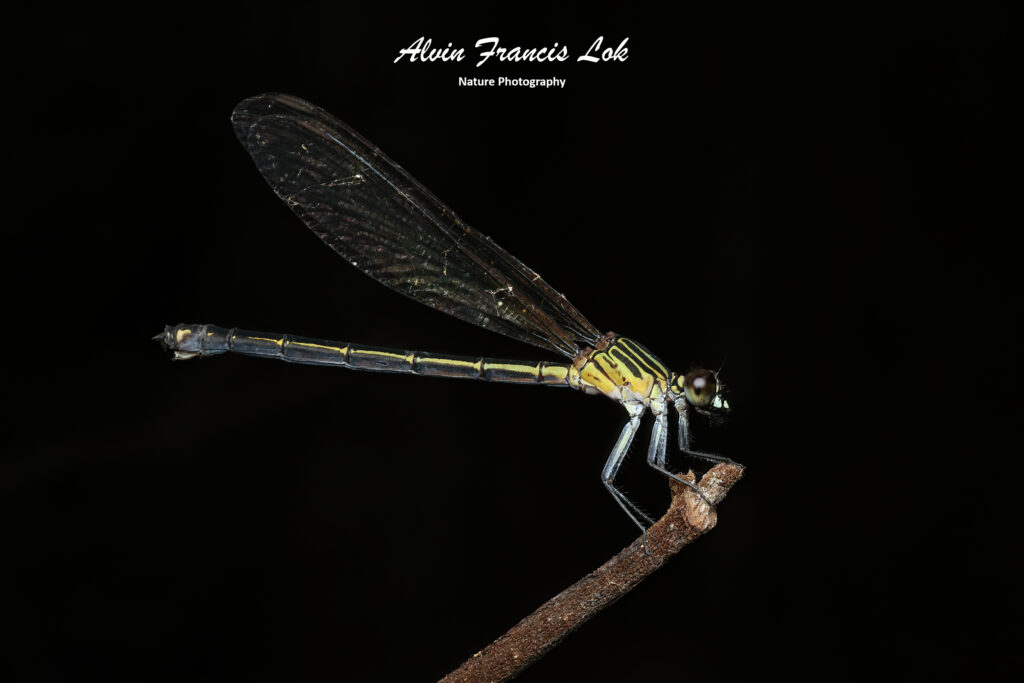
(Kaeng Krachan NP, Thailand)
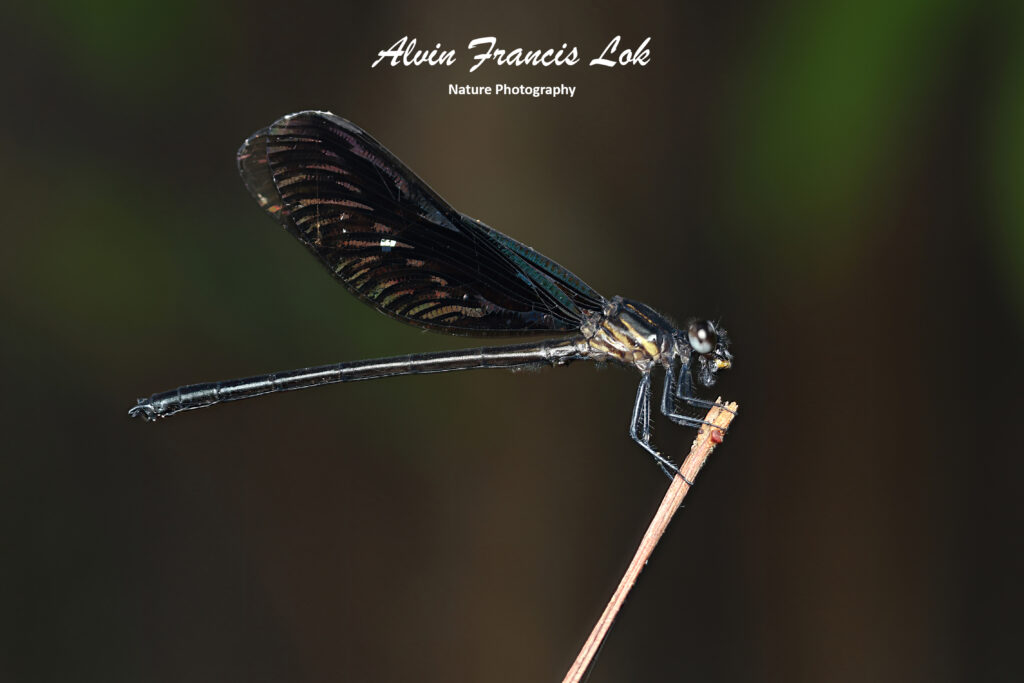
(Doi Inthanon NP, Thailand)
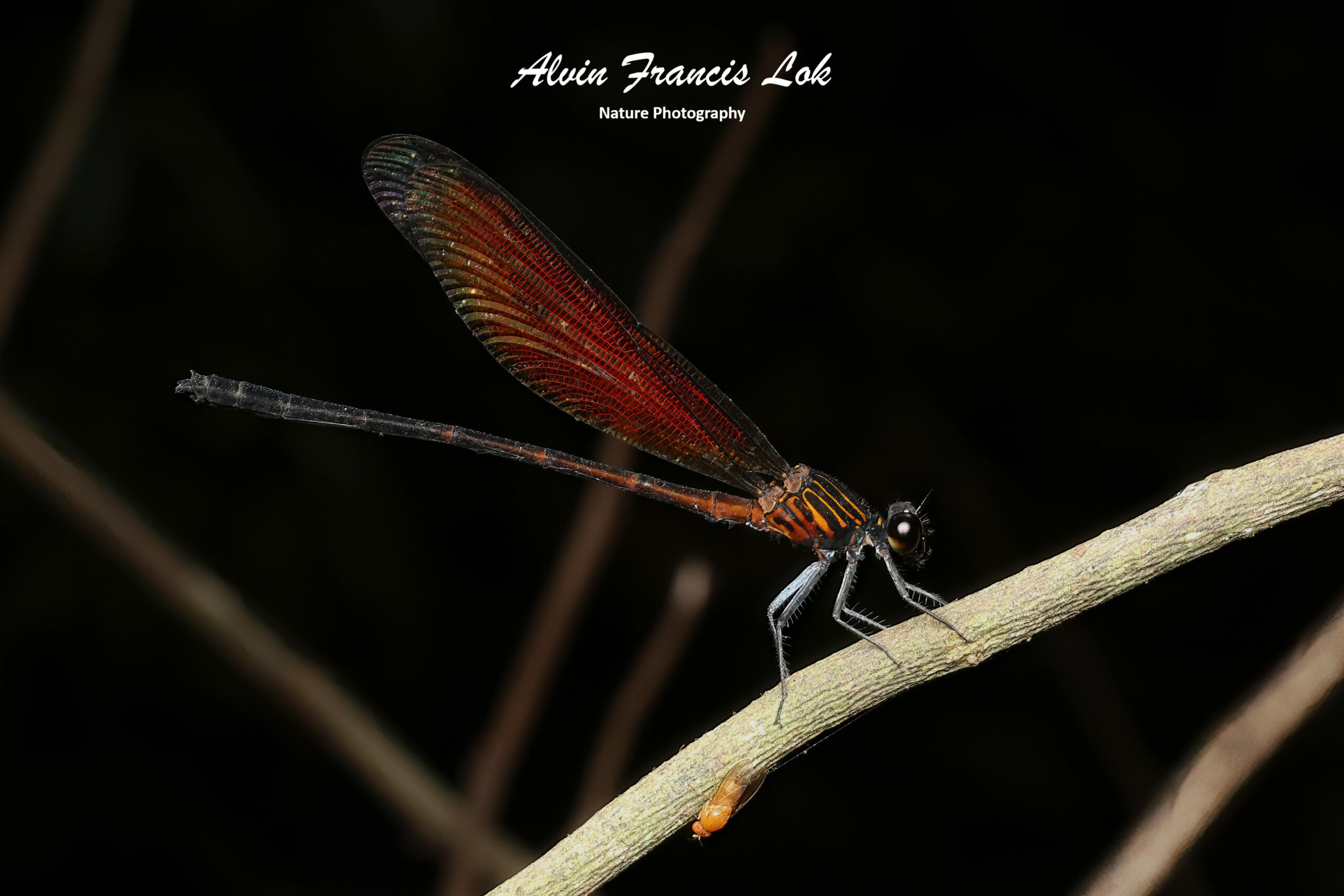
(Kaeng Krachan NP, Thailand)
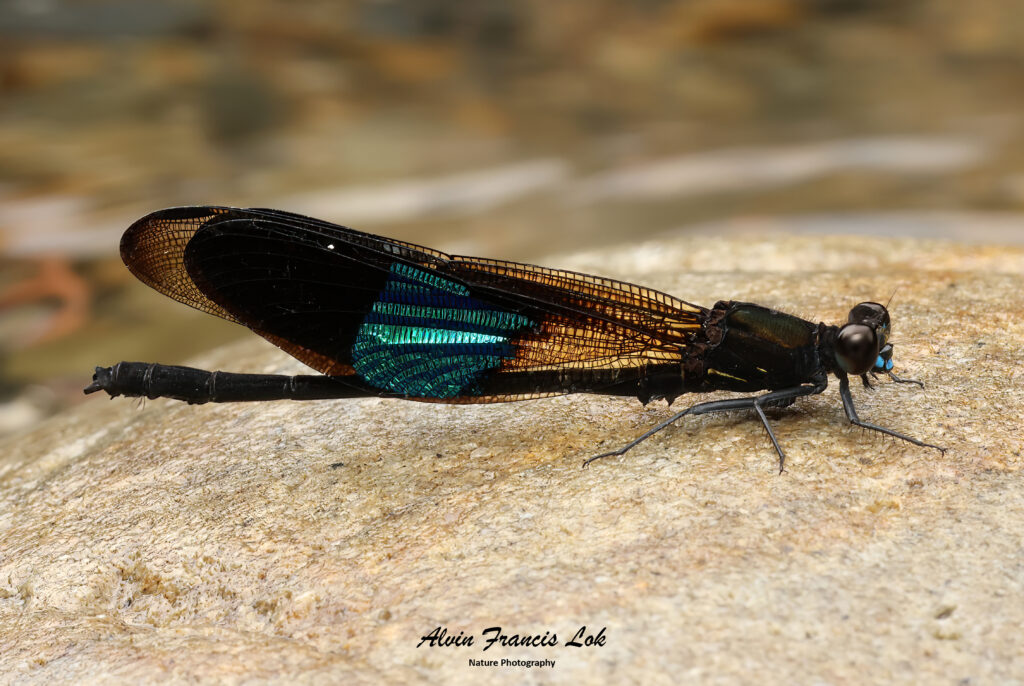
(Sarawak, Malaysia)
Family Gomphidae (Clubtails)
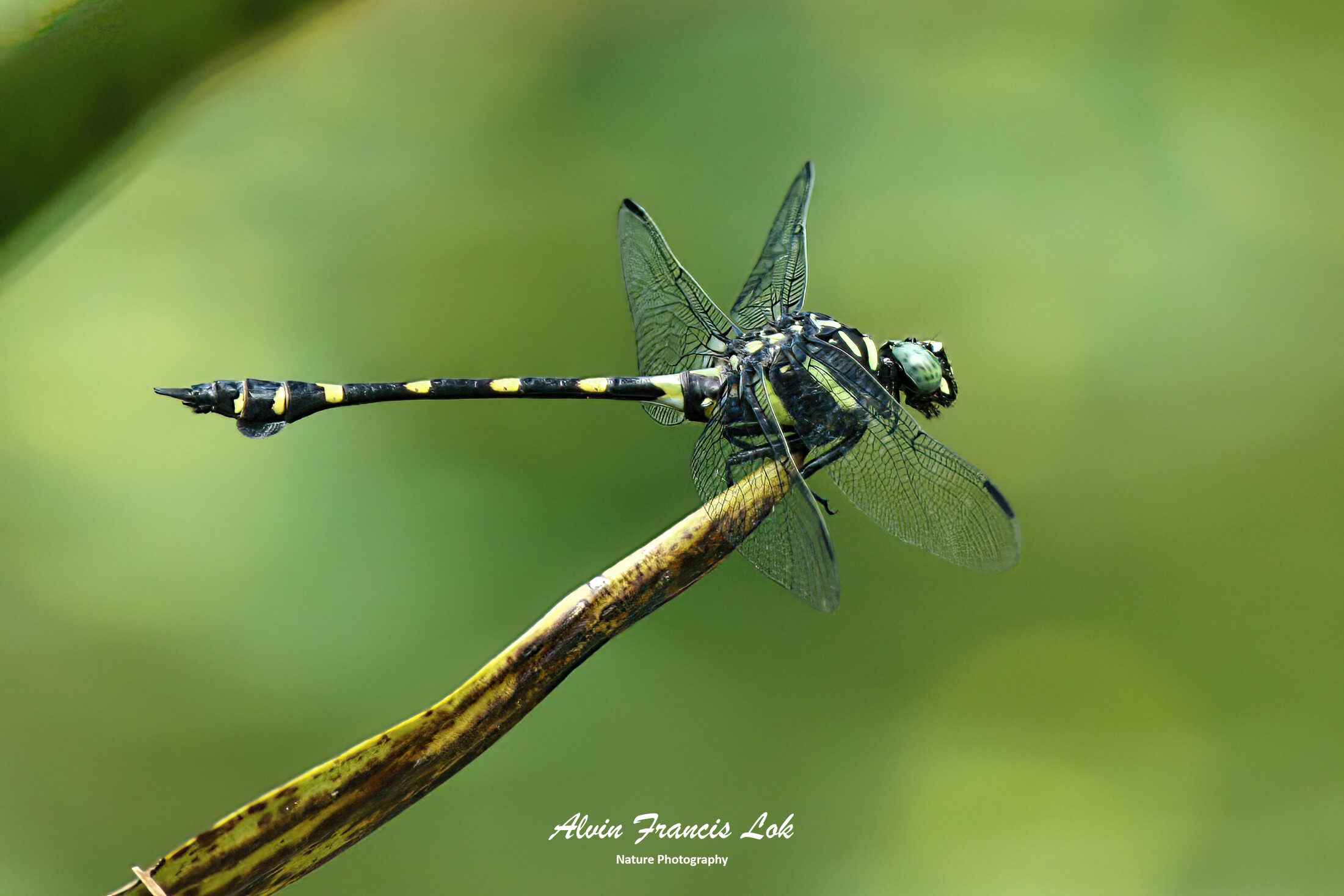
(Singapore)
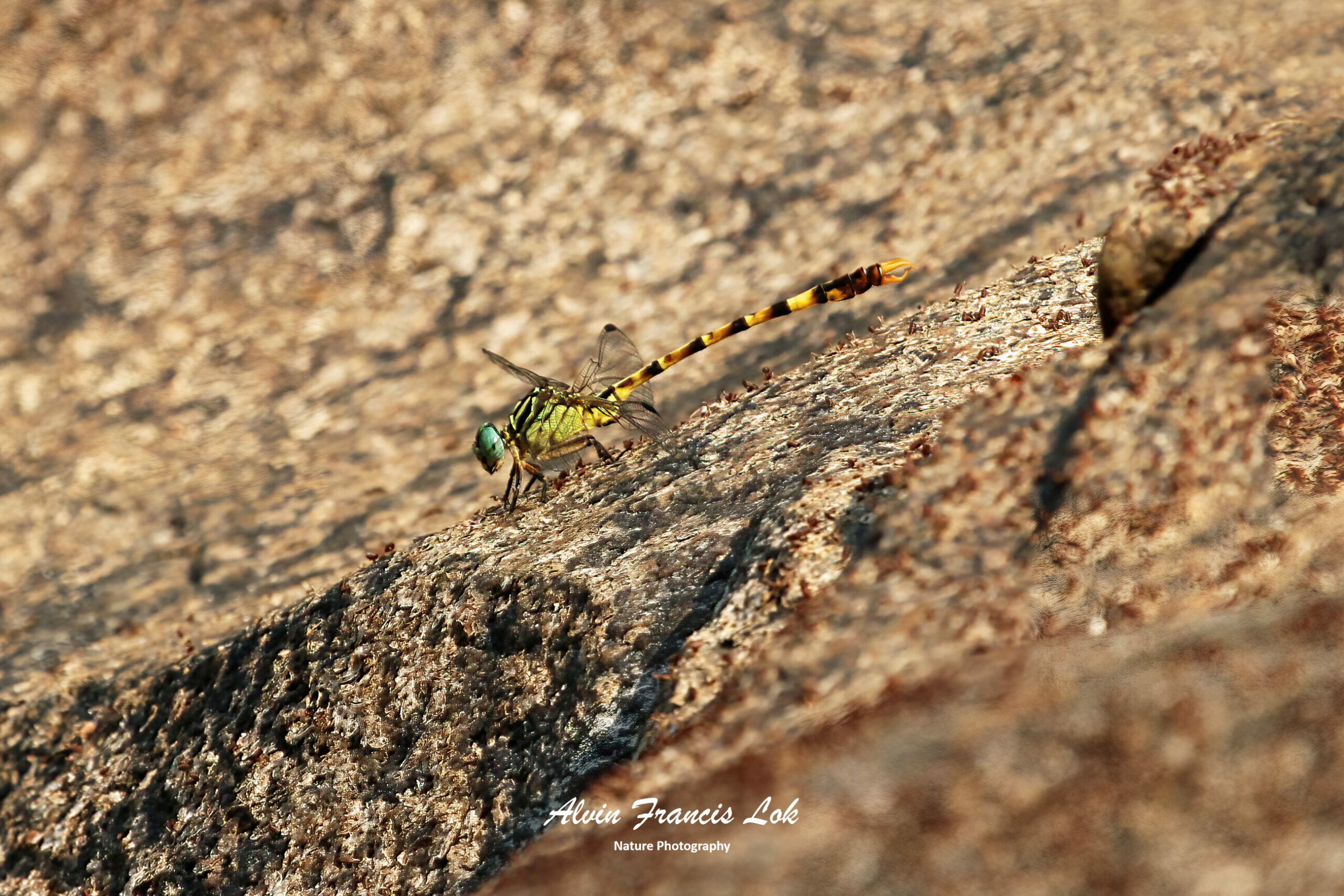
(Doi Inthanon NP, Thailand)
Family Lestidae (Spreadwings and Allies)
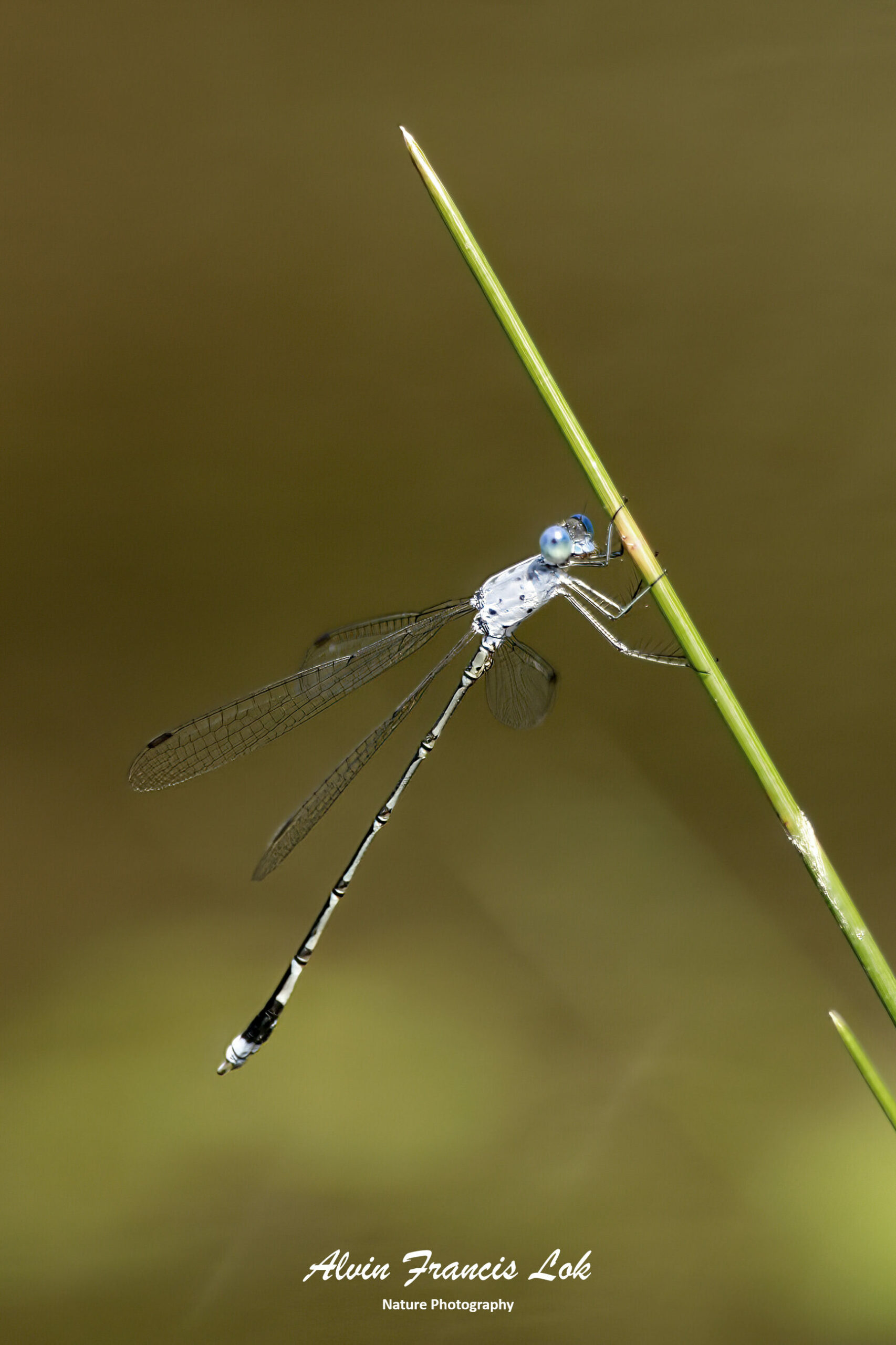
(Singapore)
Family Libellulidae (Skimmers)
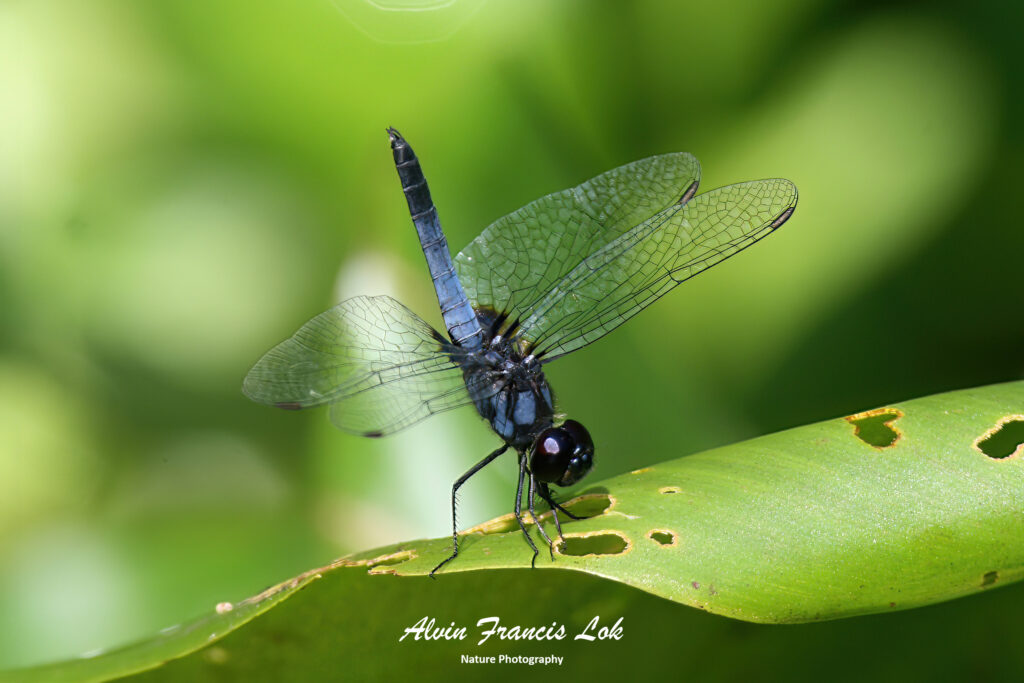
(Singapore)
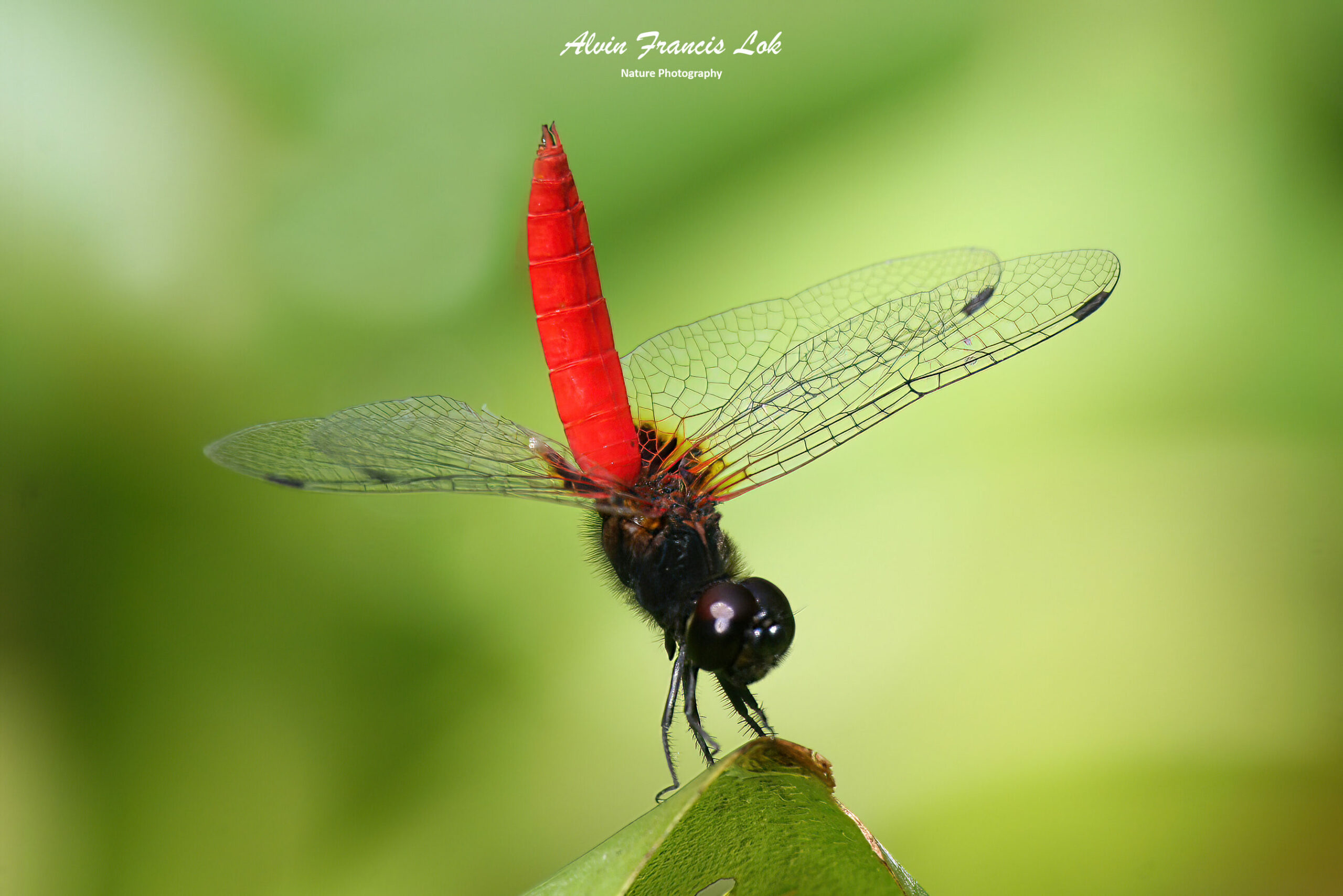
(Singapore)
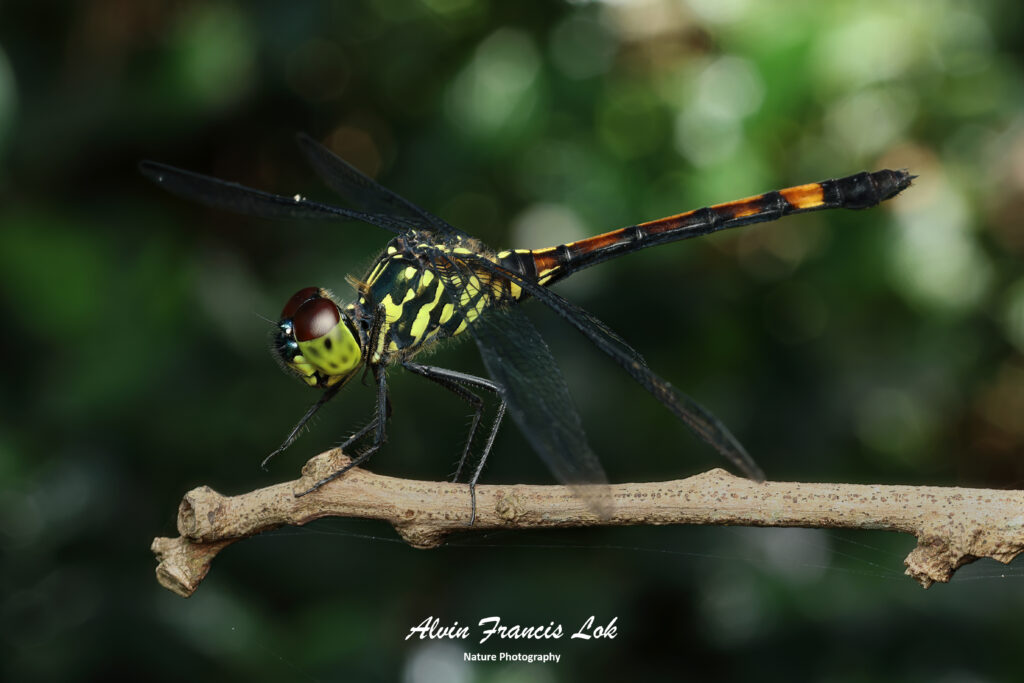
(Singapore)
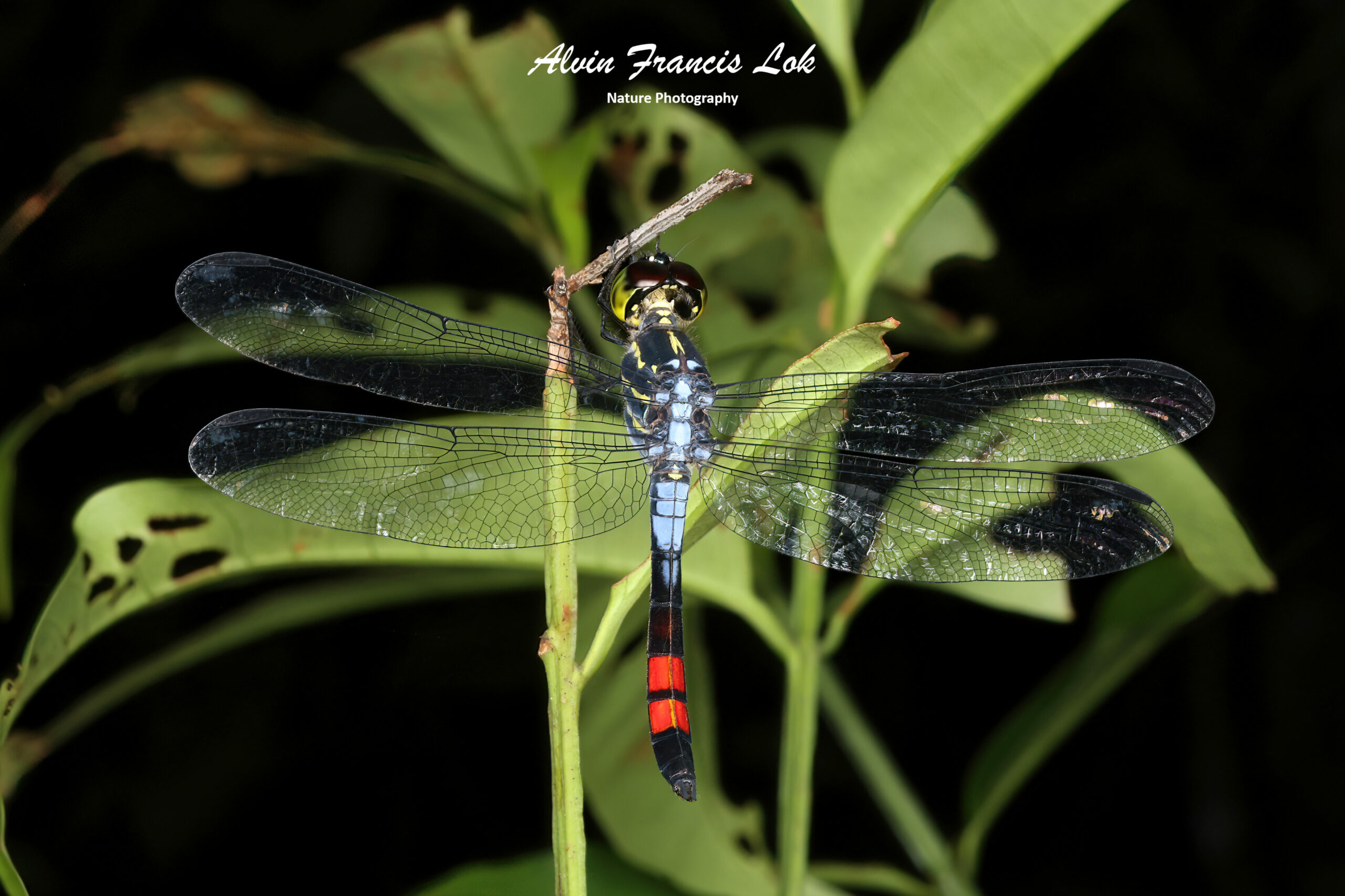
(Singapore)
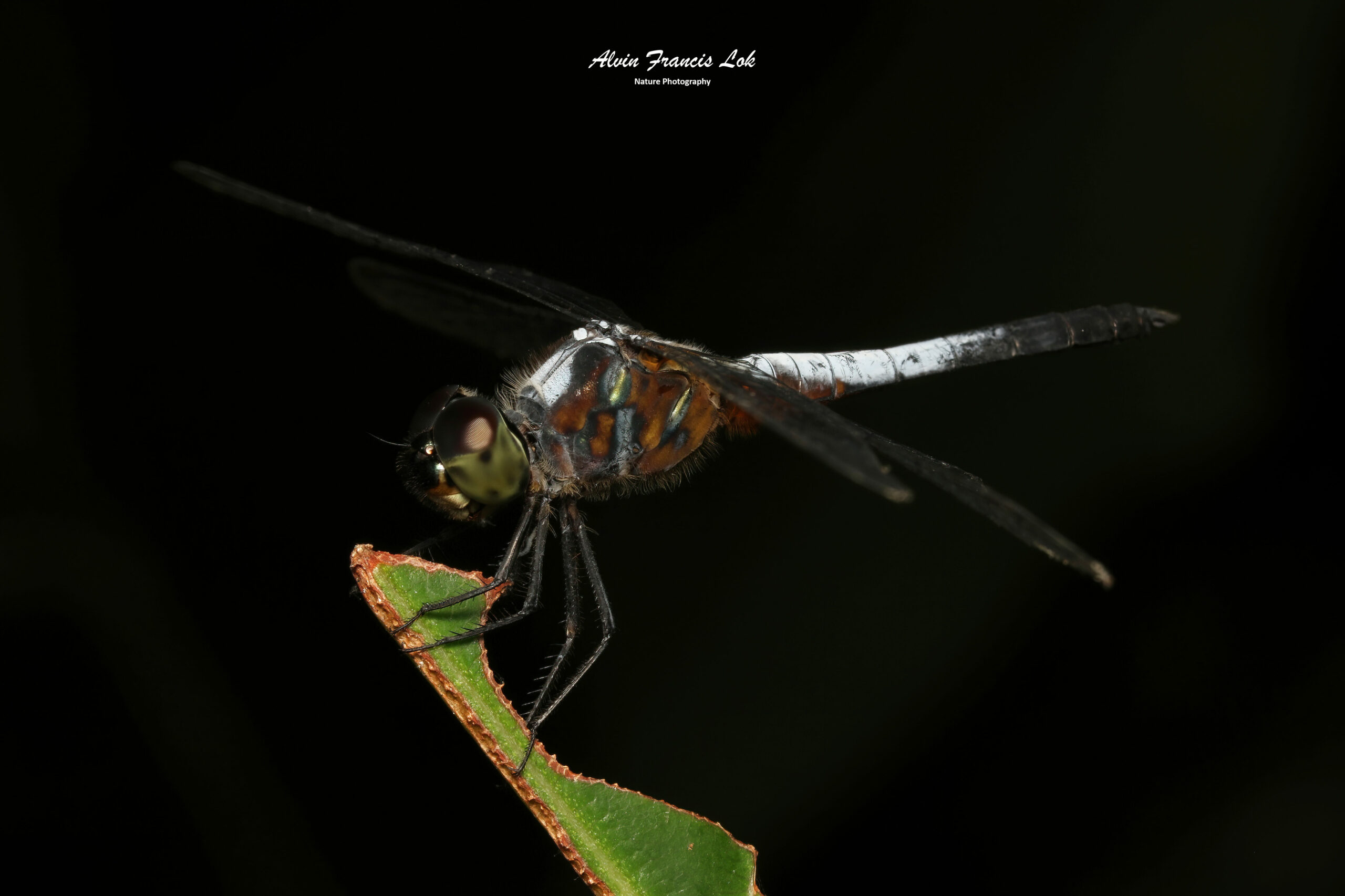
(Singapore)
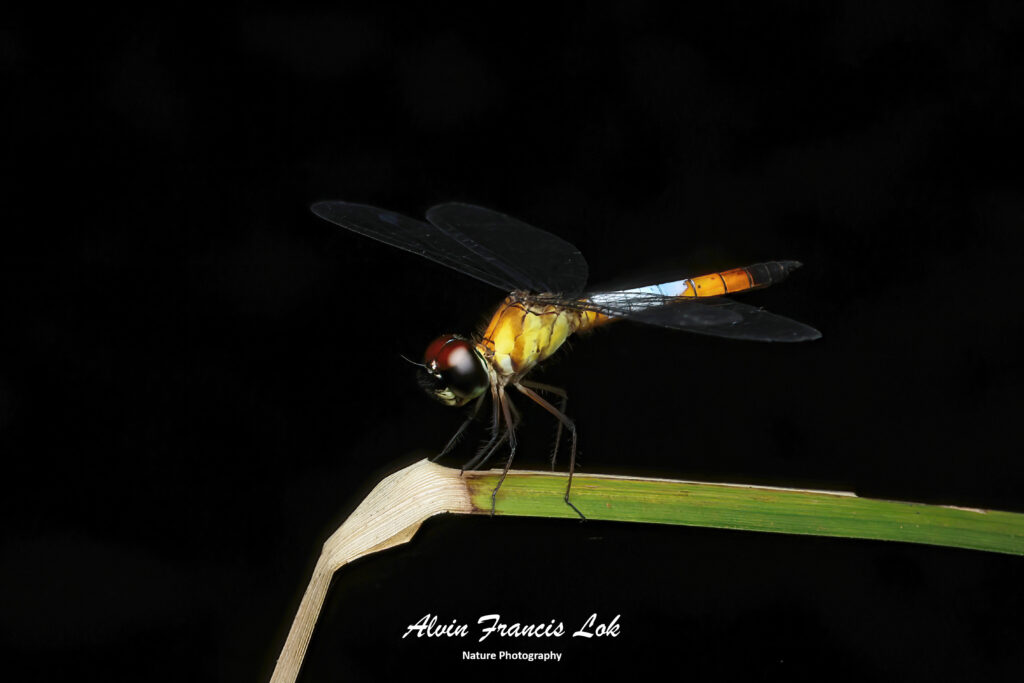
(Kalimantan, Indonesia)
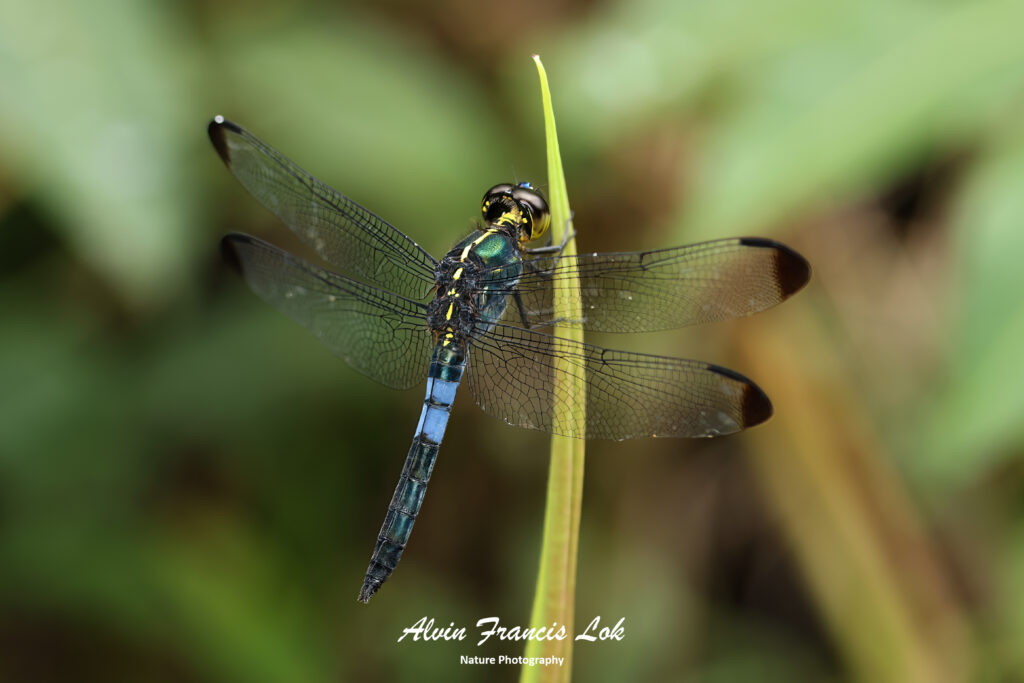
(Singapore)
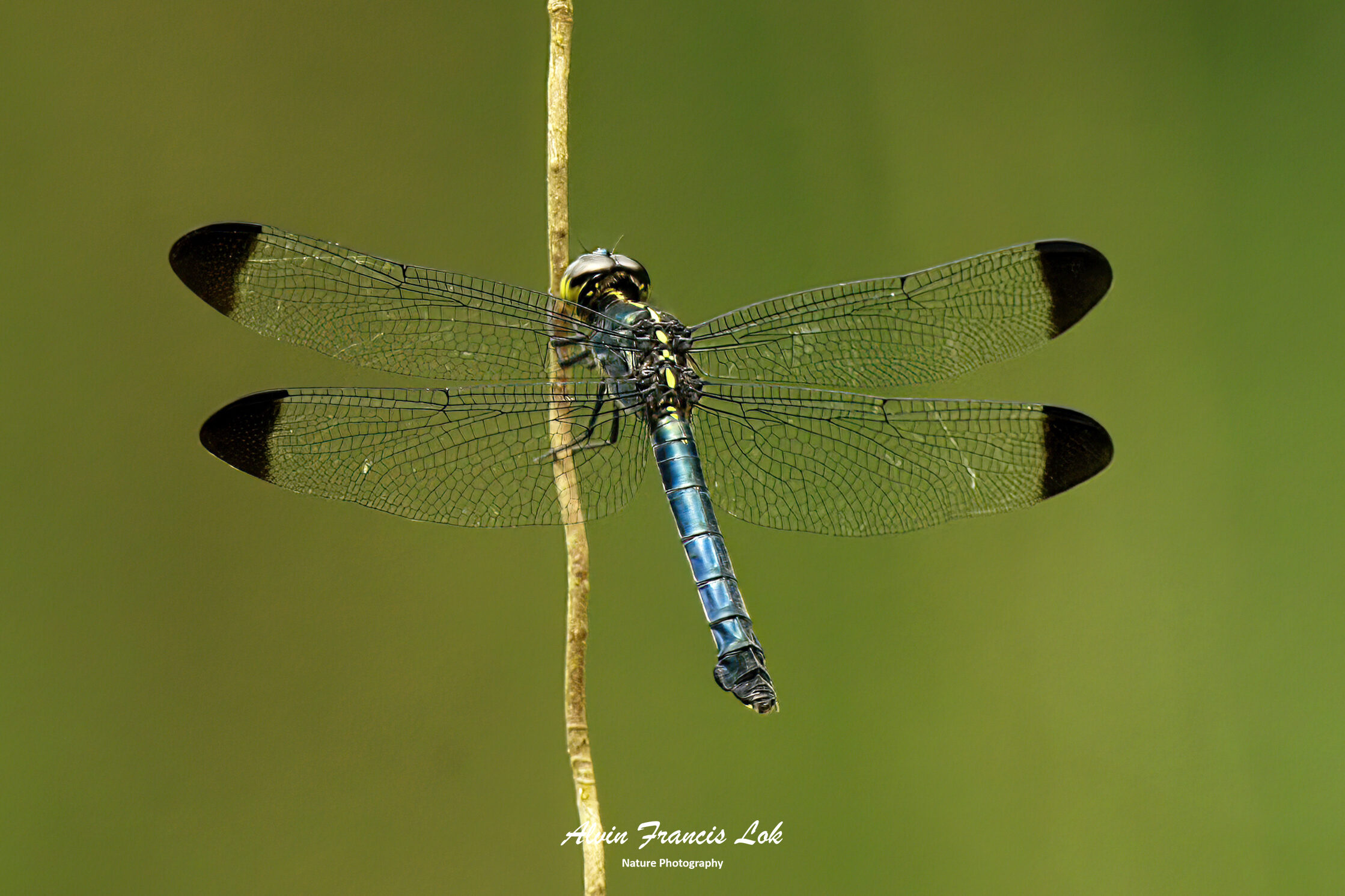
(Singapore)
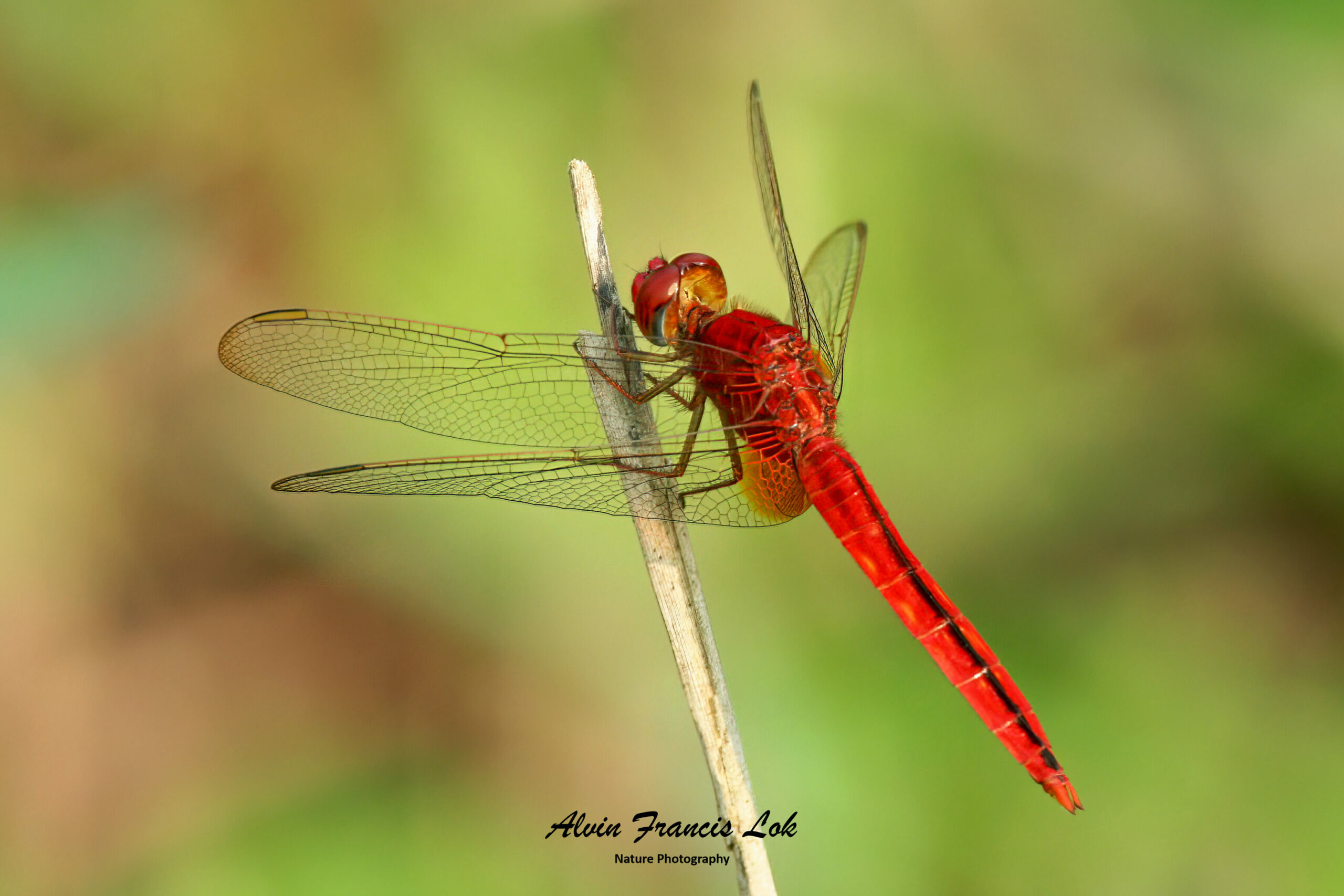
(Singapore)
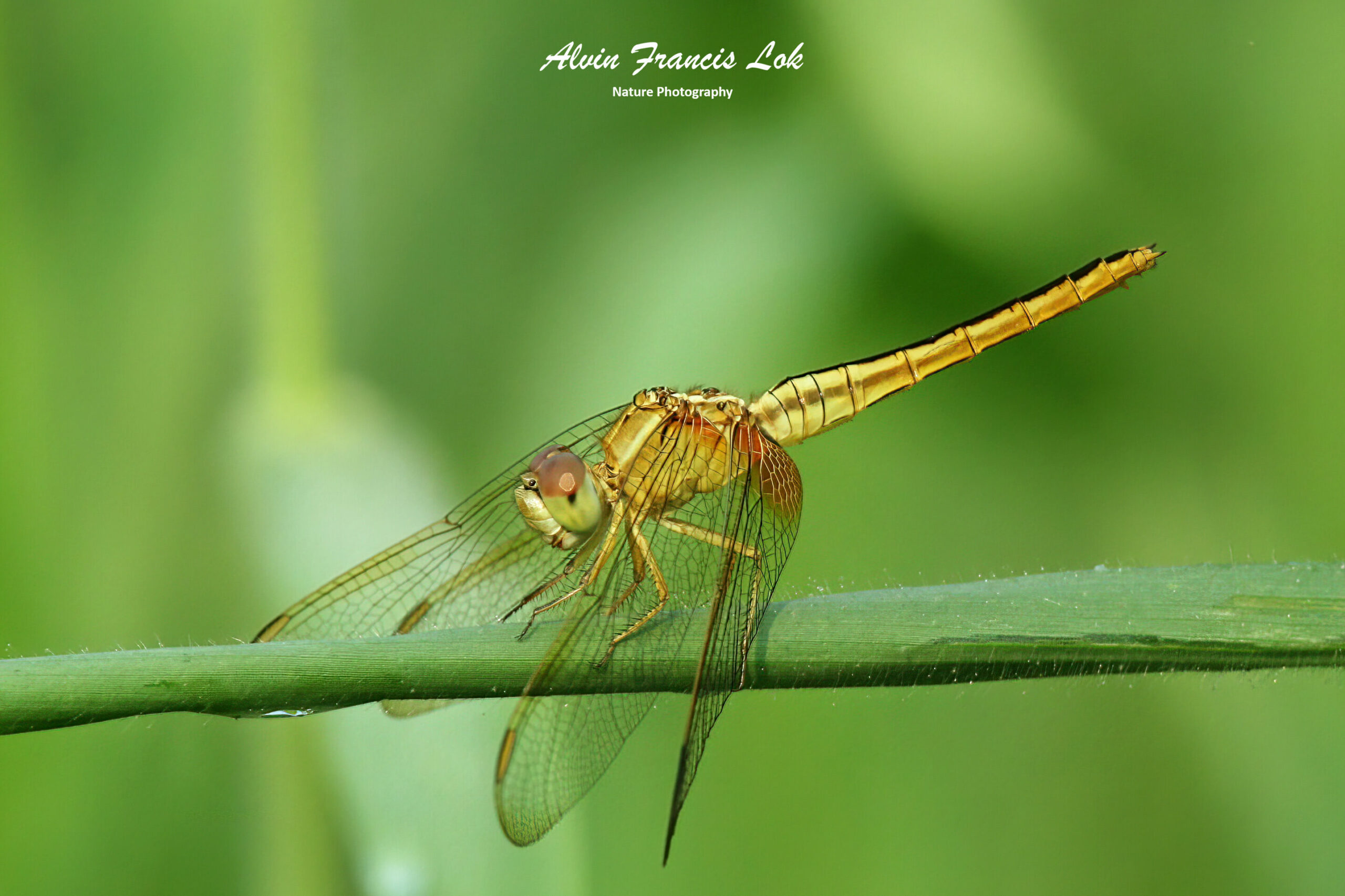
(Singapore)
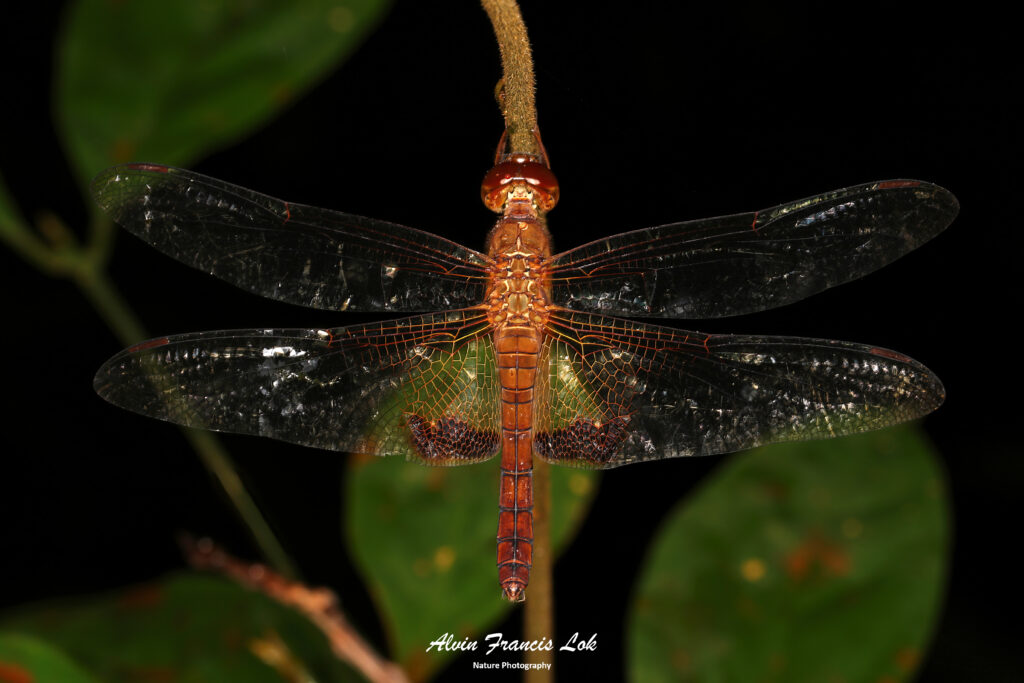
(Singapore)
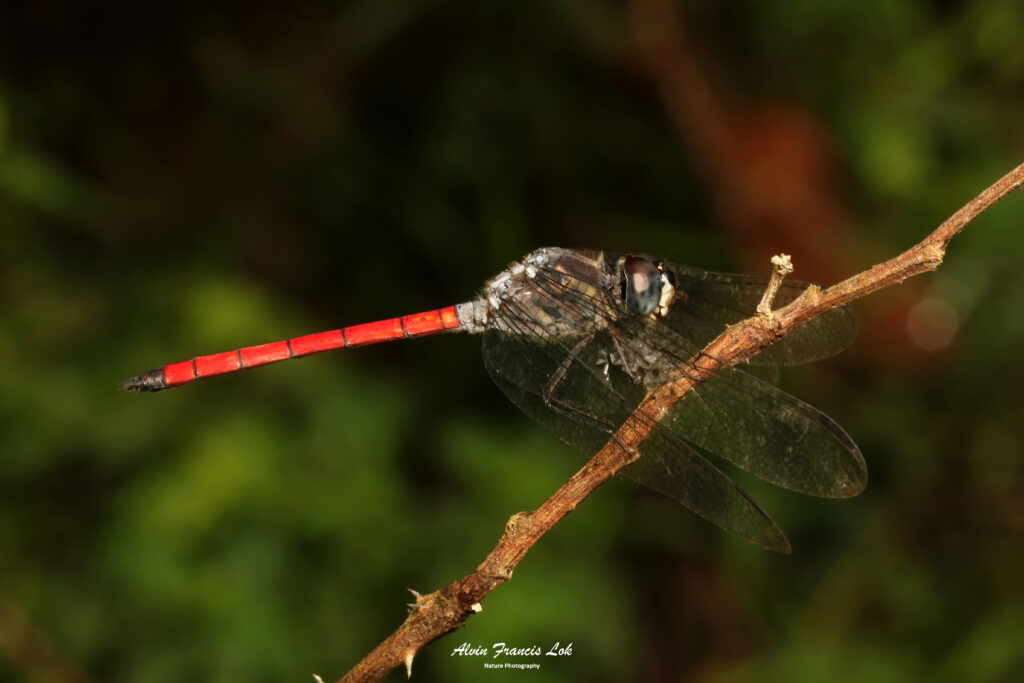
(Singapore)
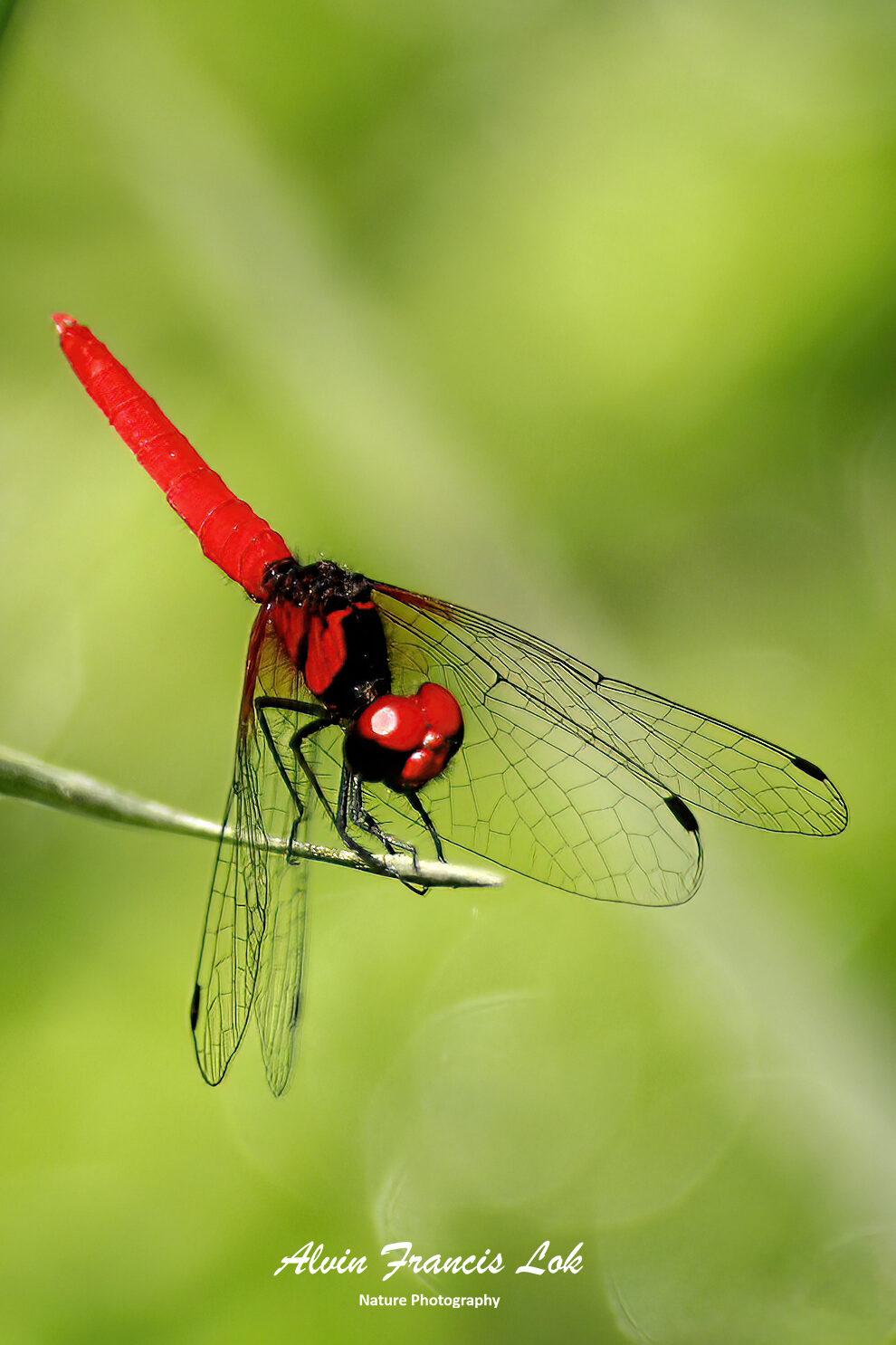
(Singapore)
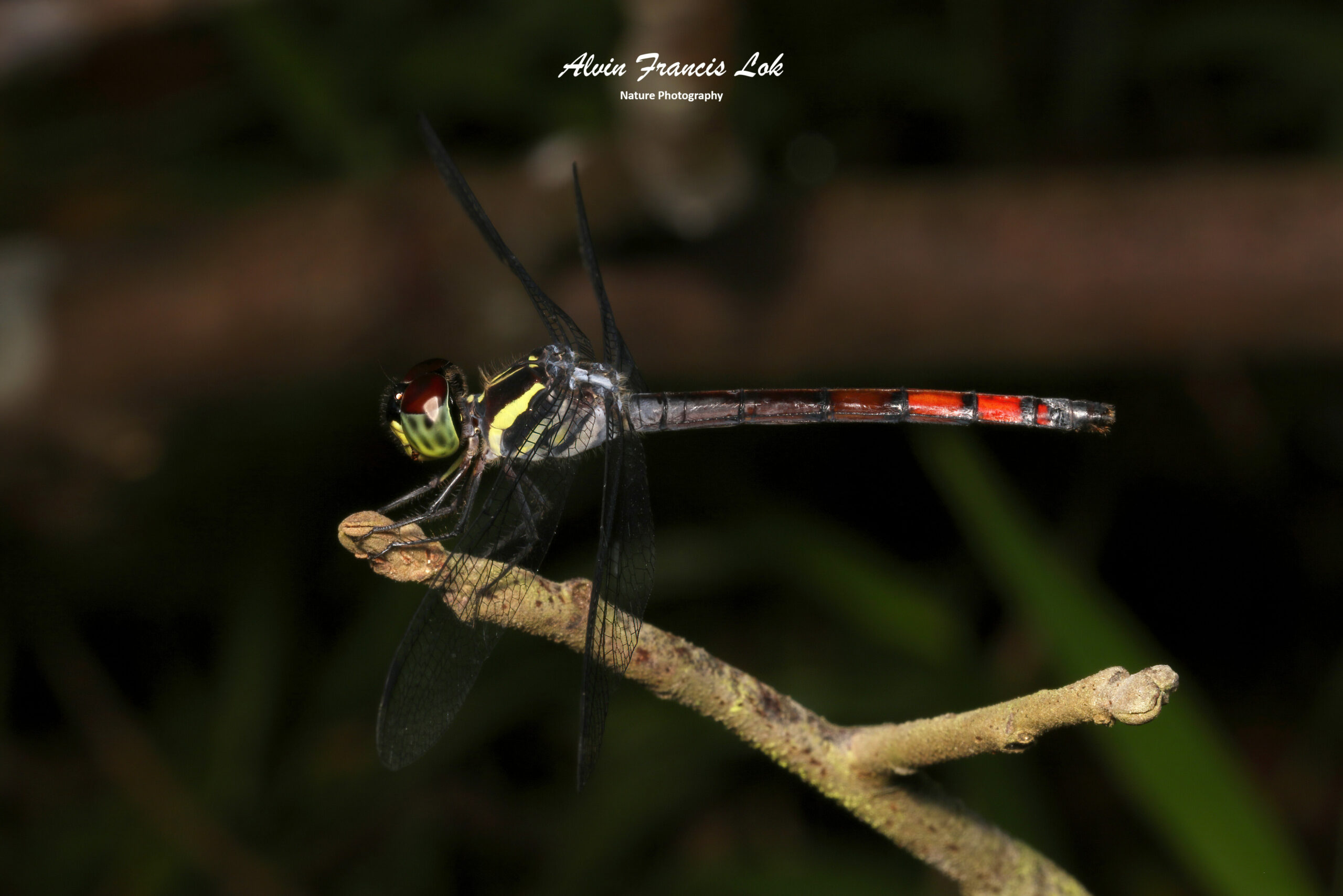
(Singapore)
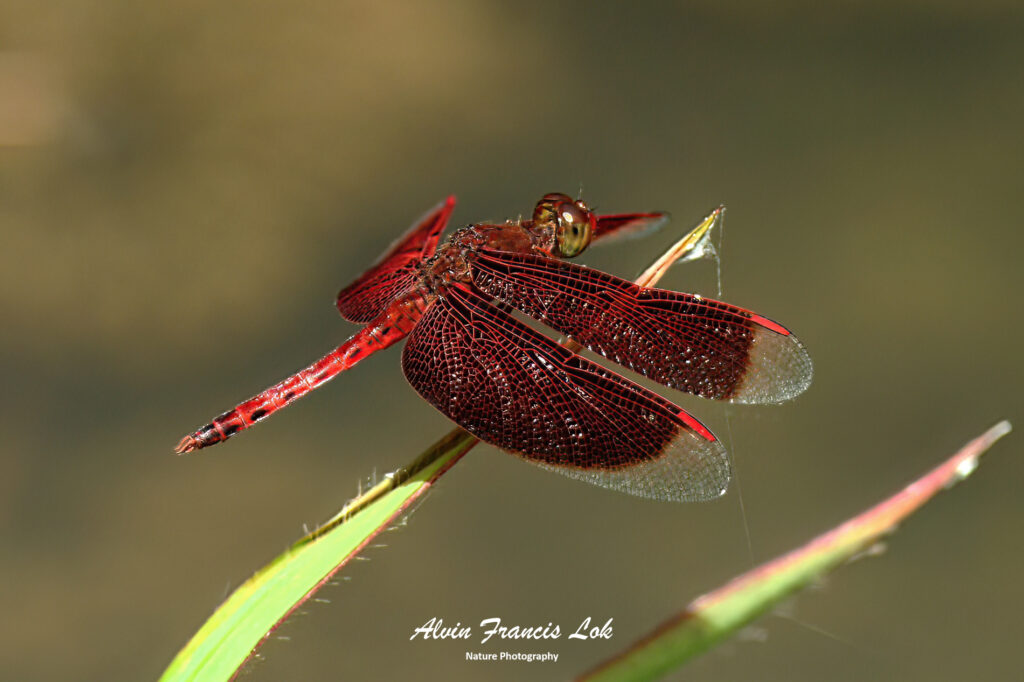
(Singapore)
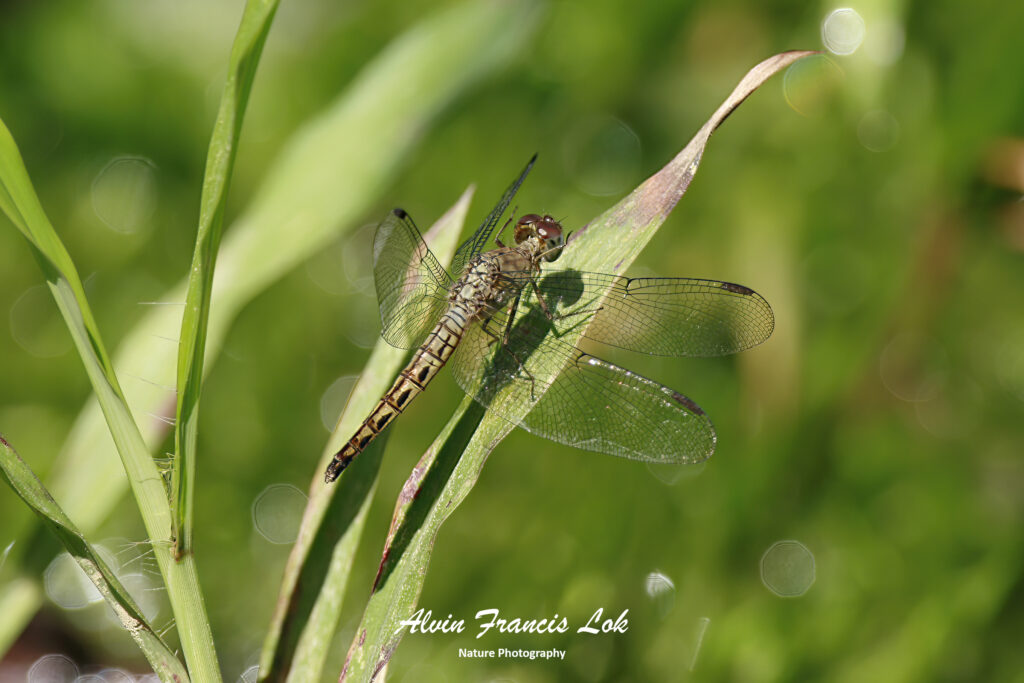
(Singapore)
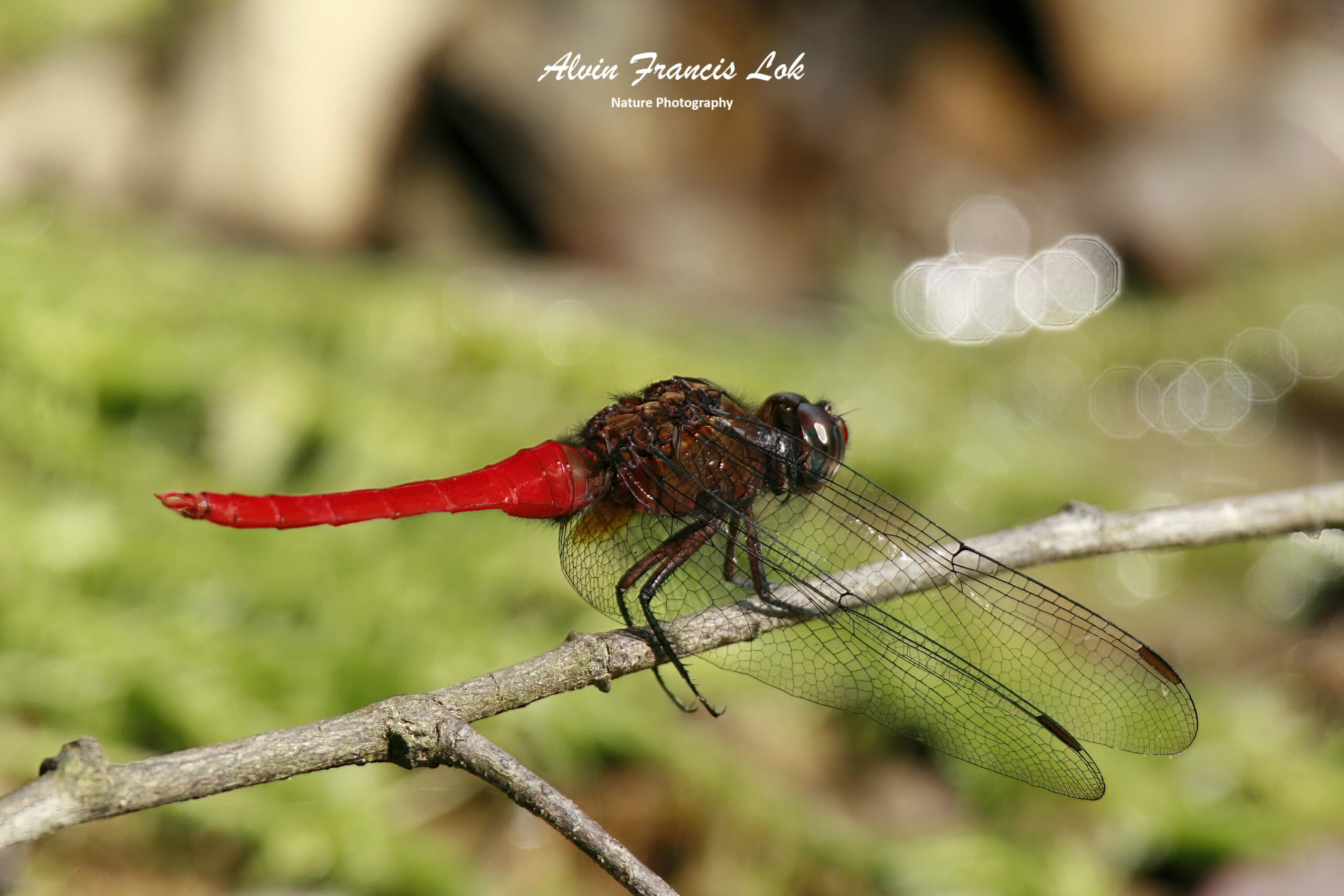
(Singapore)
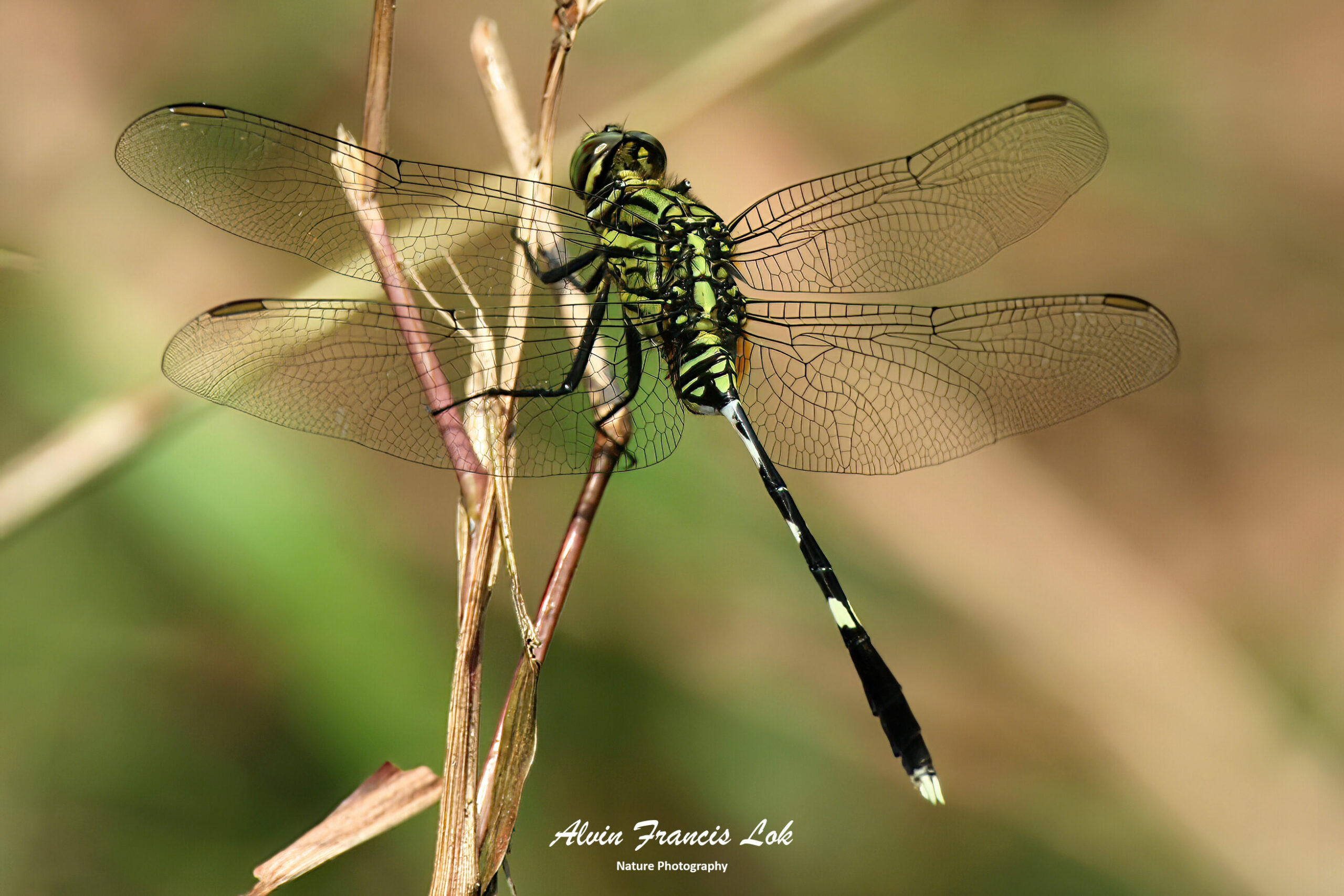
(Singapore)
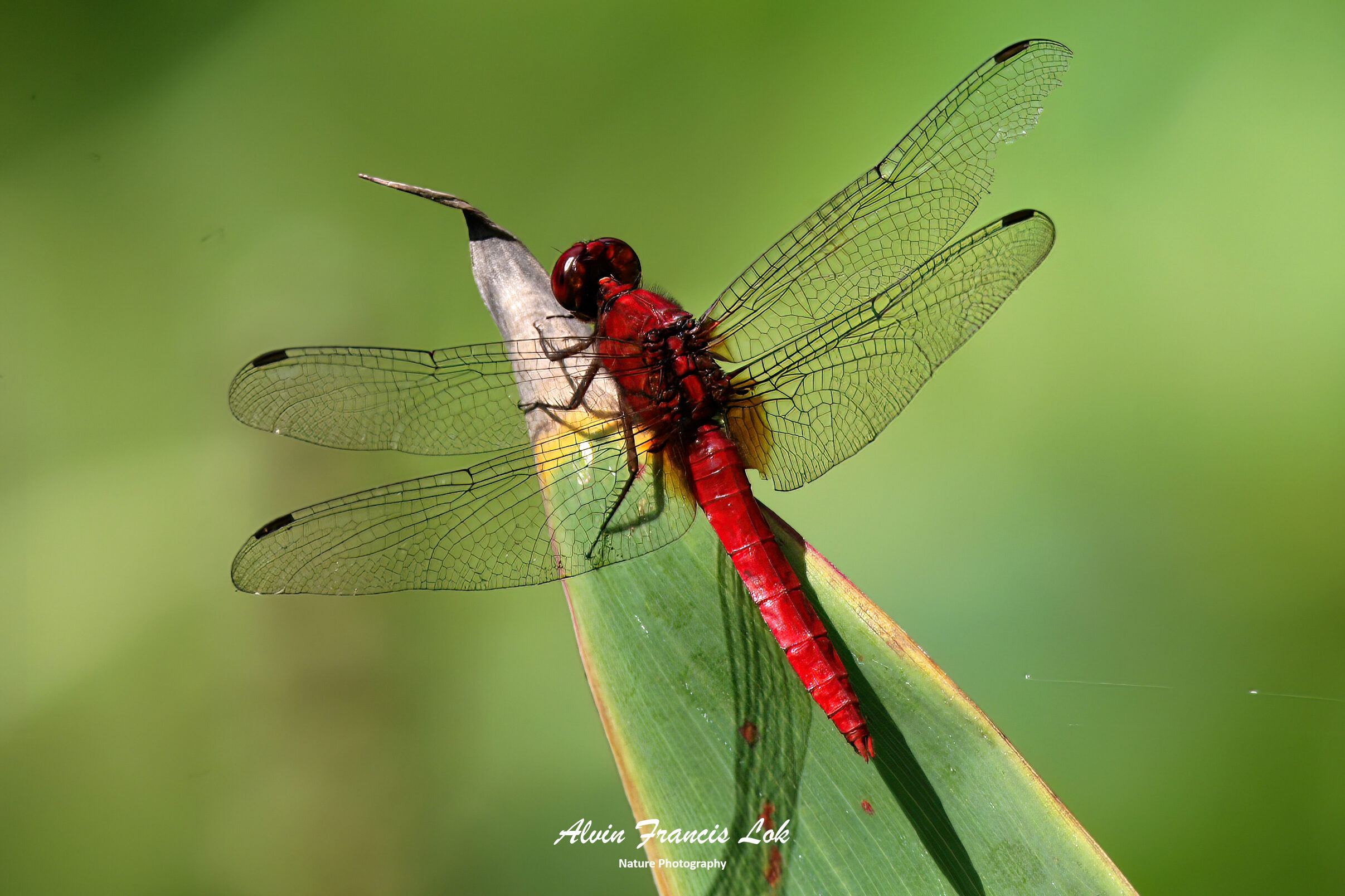
(Singapore)
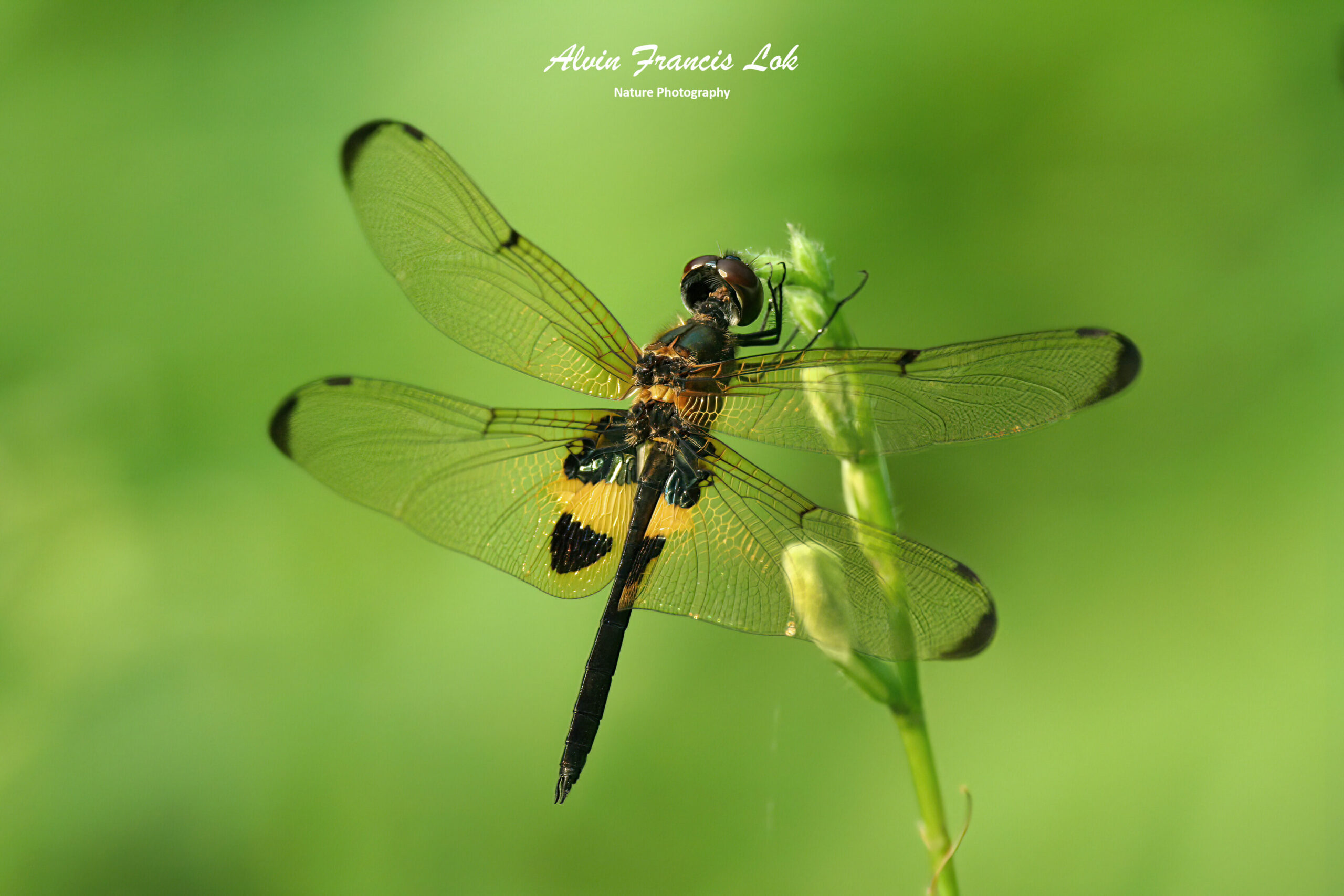
(Singapore)
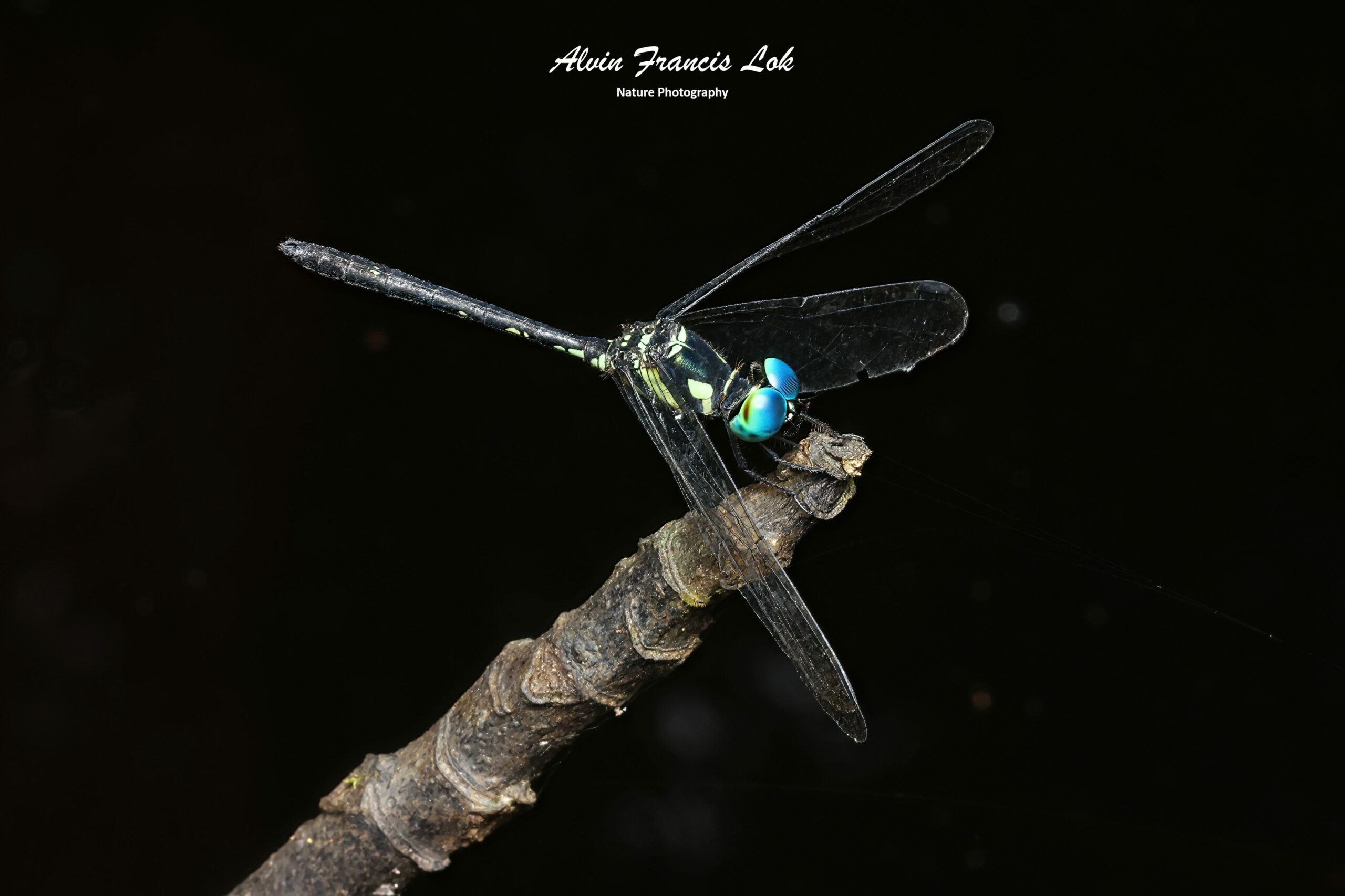
(Sarawak, Malaysia)
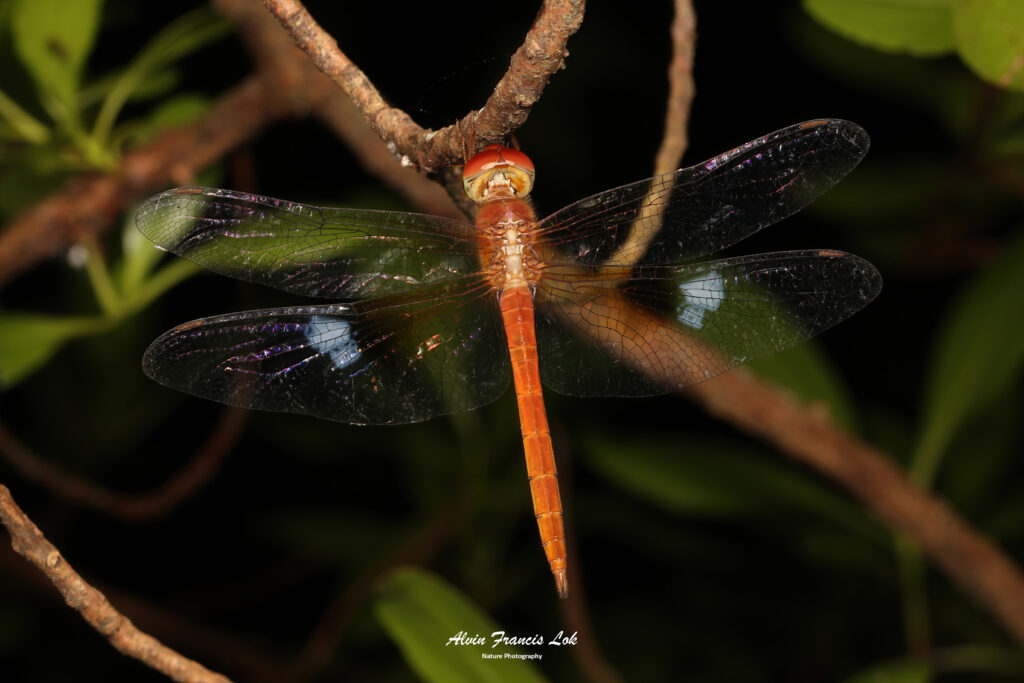
(Singapore)
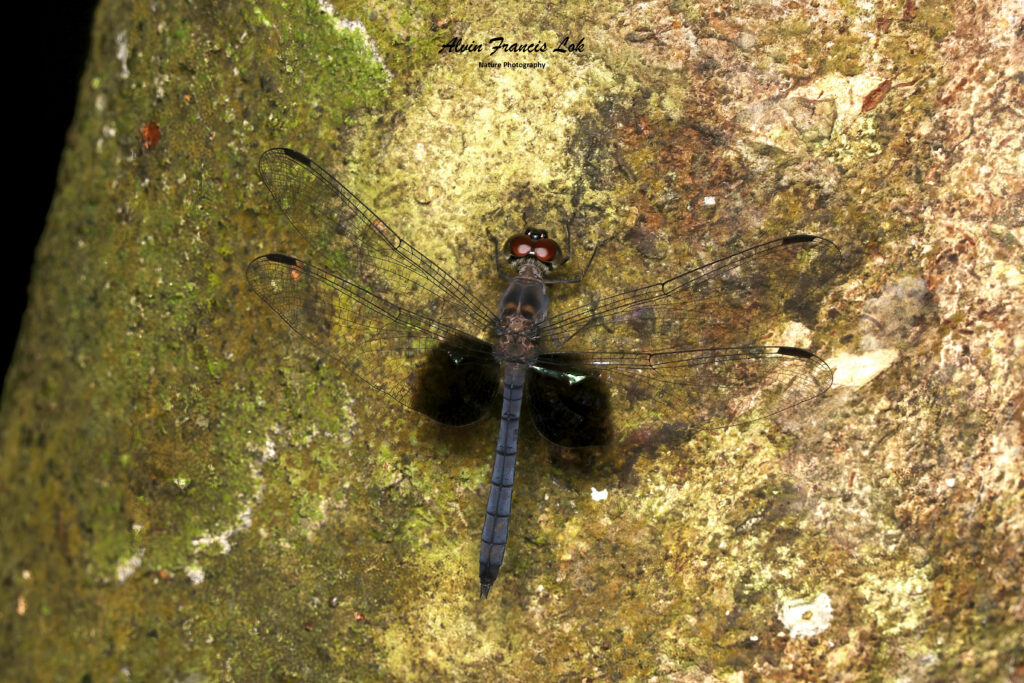
(Singapore)
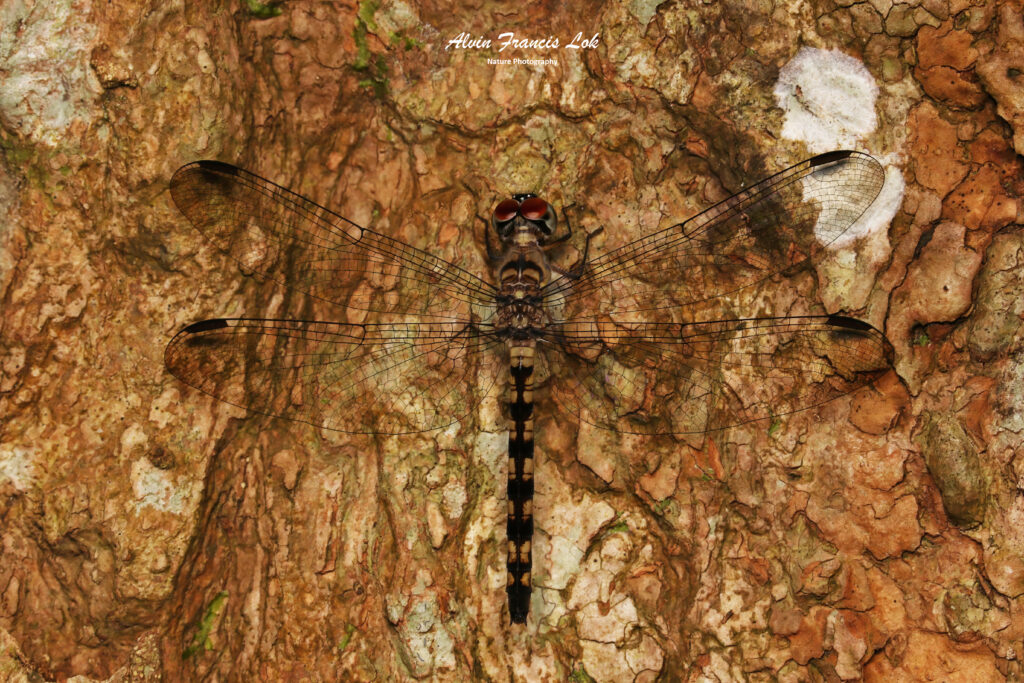
(Singapore)
Family Philosinidae
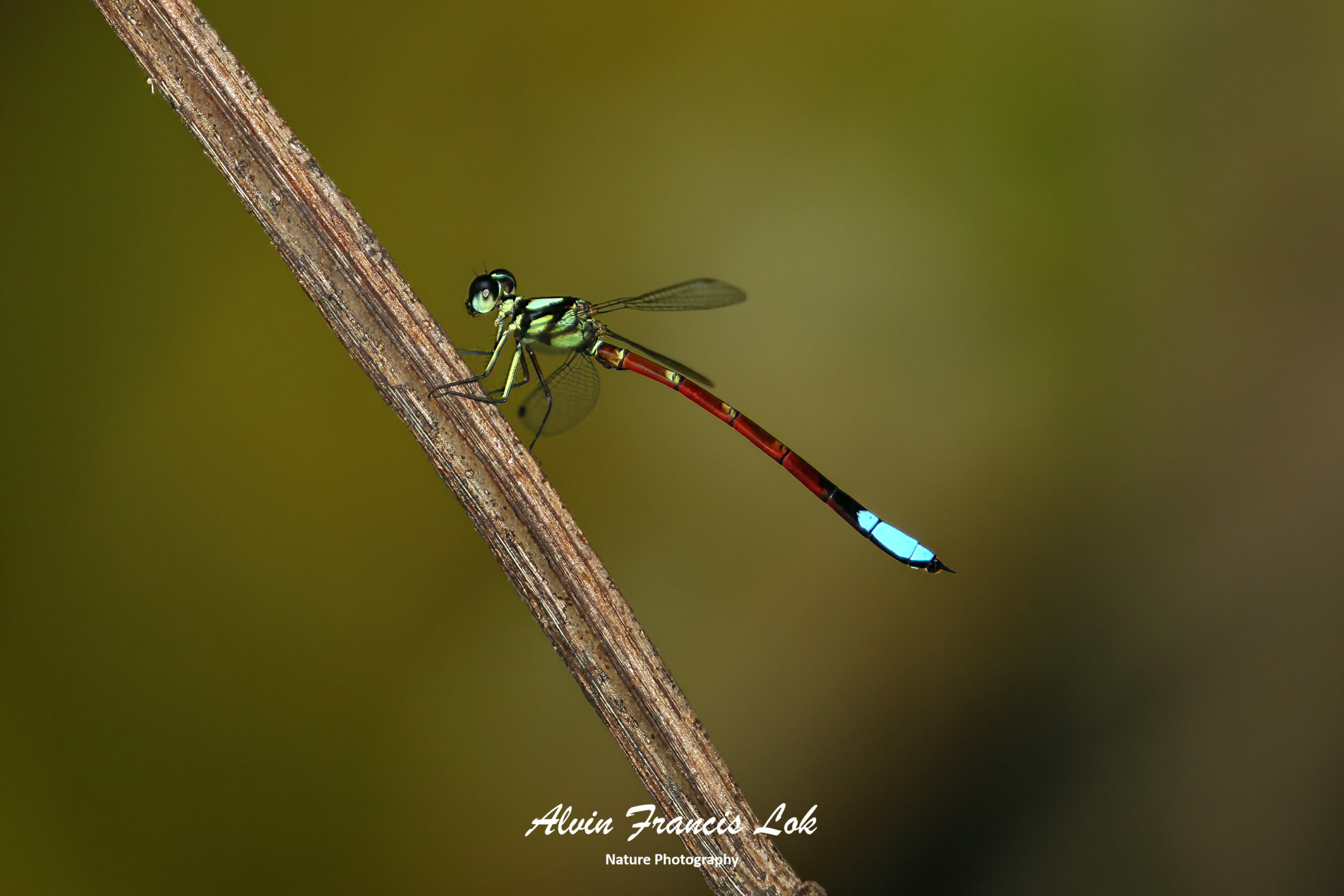
(Sabah, Malaysia)
Family Platycnemididae (White-legged Damselflies)
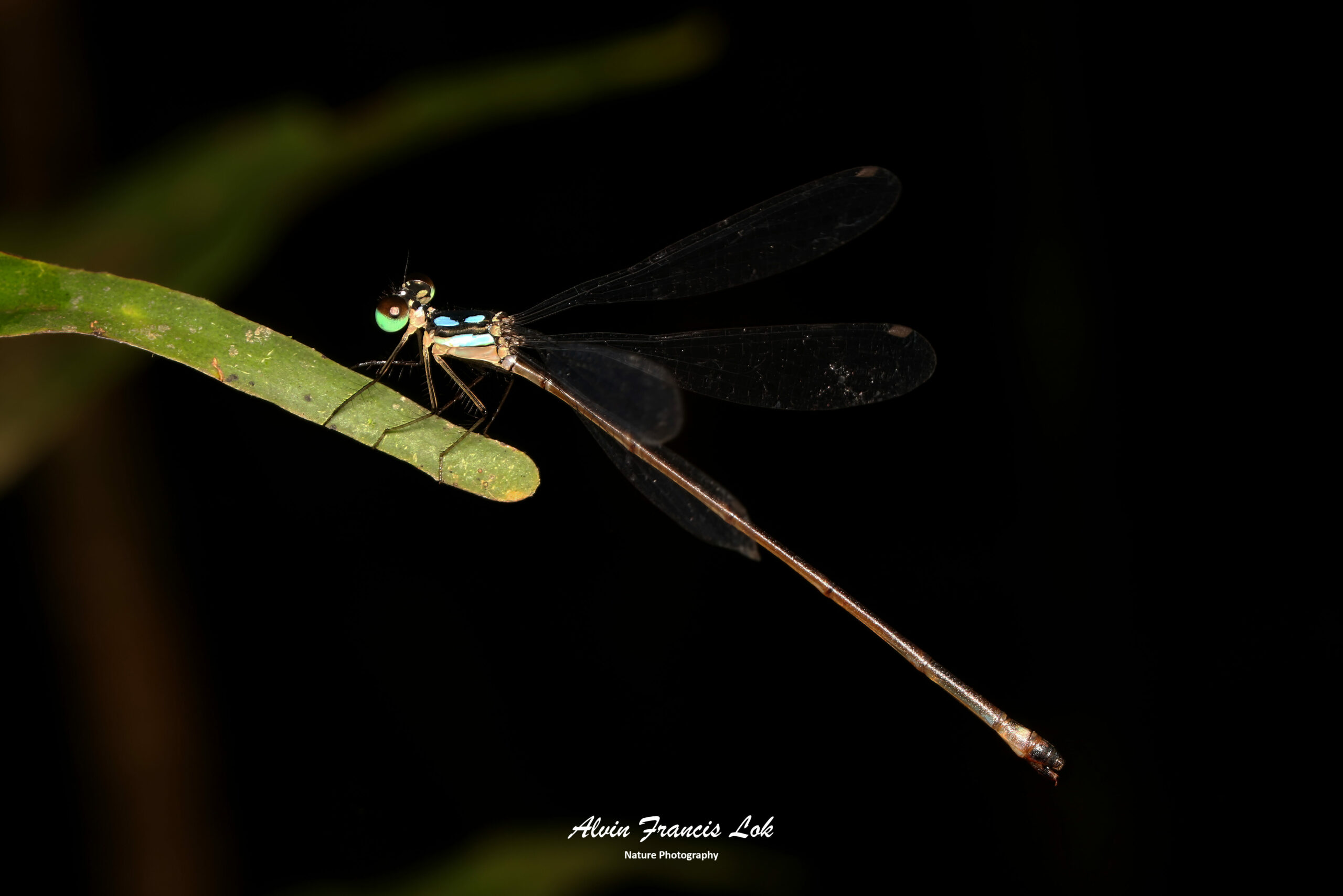
(Singapore)
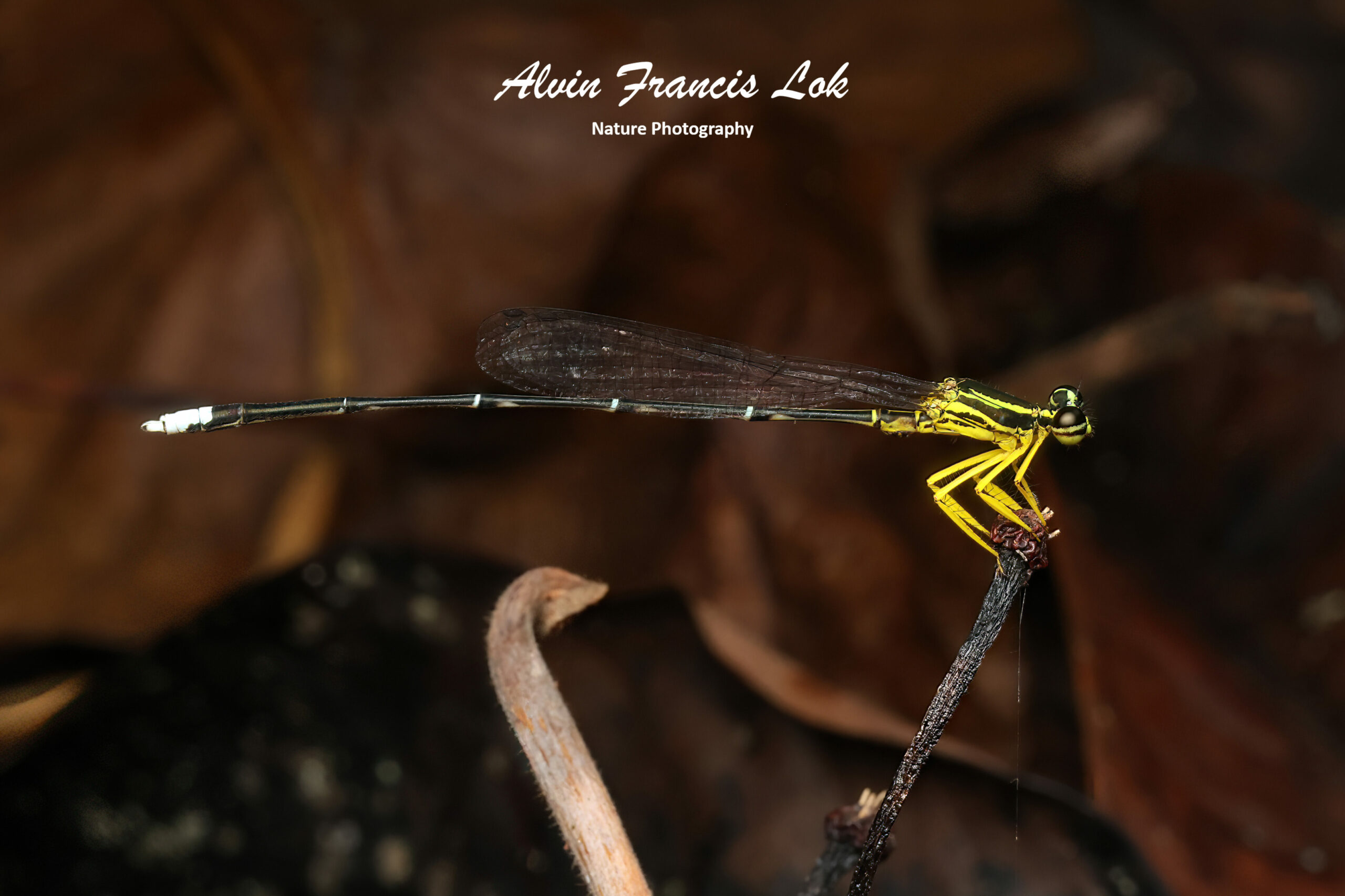
(Kaeng Krachan NP, Thailand)
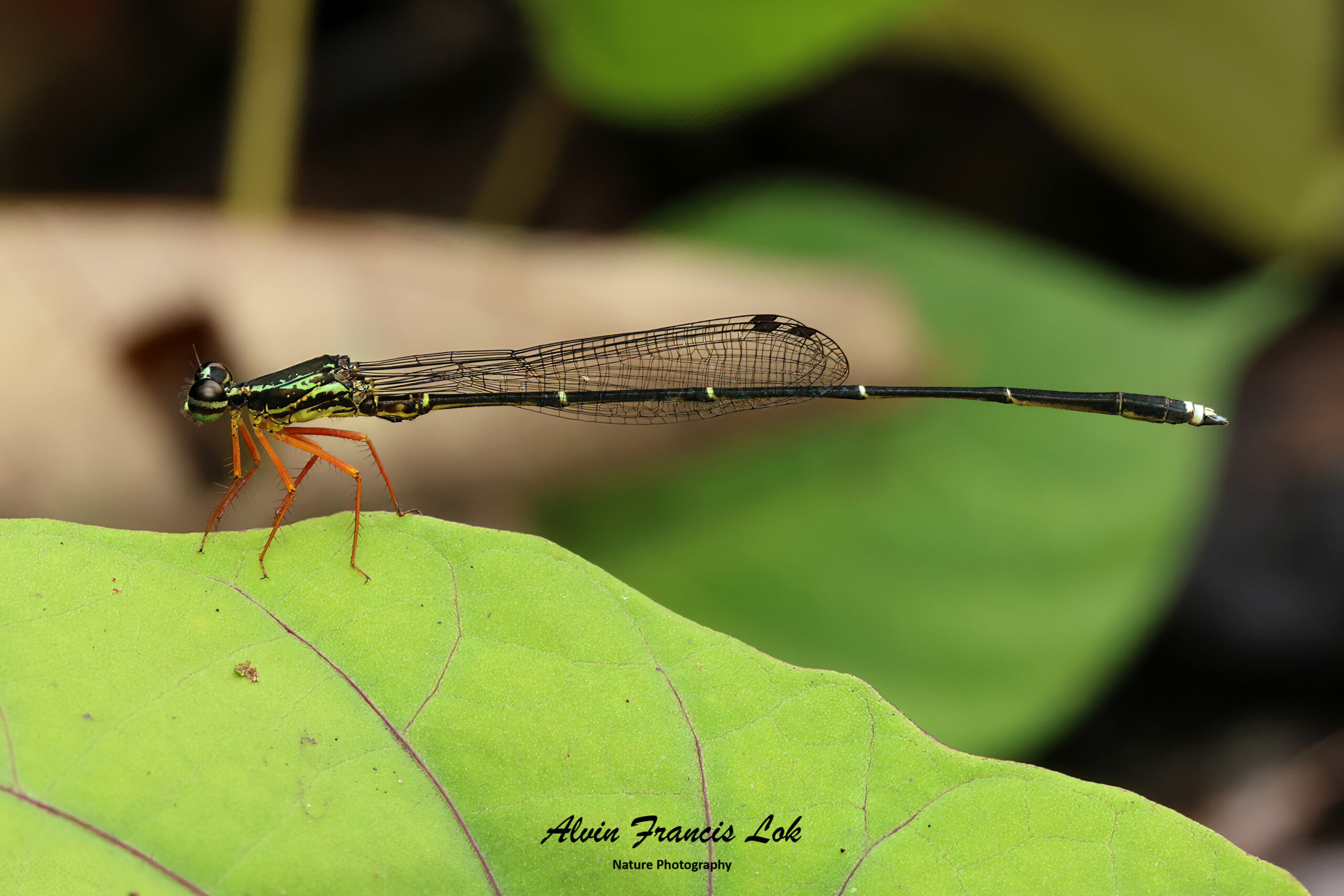
(Sarawak, Malaysia)
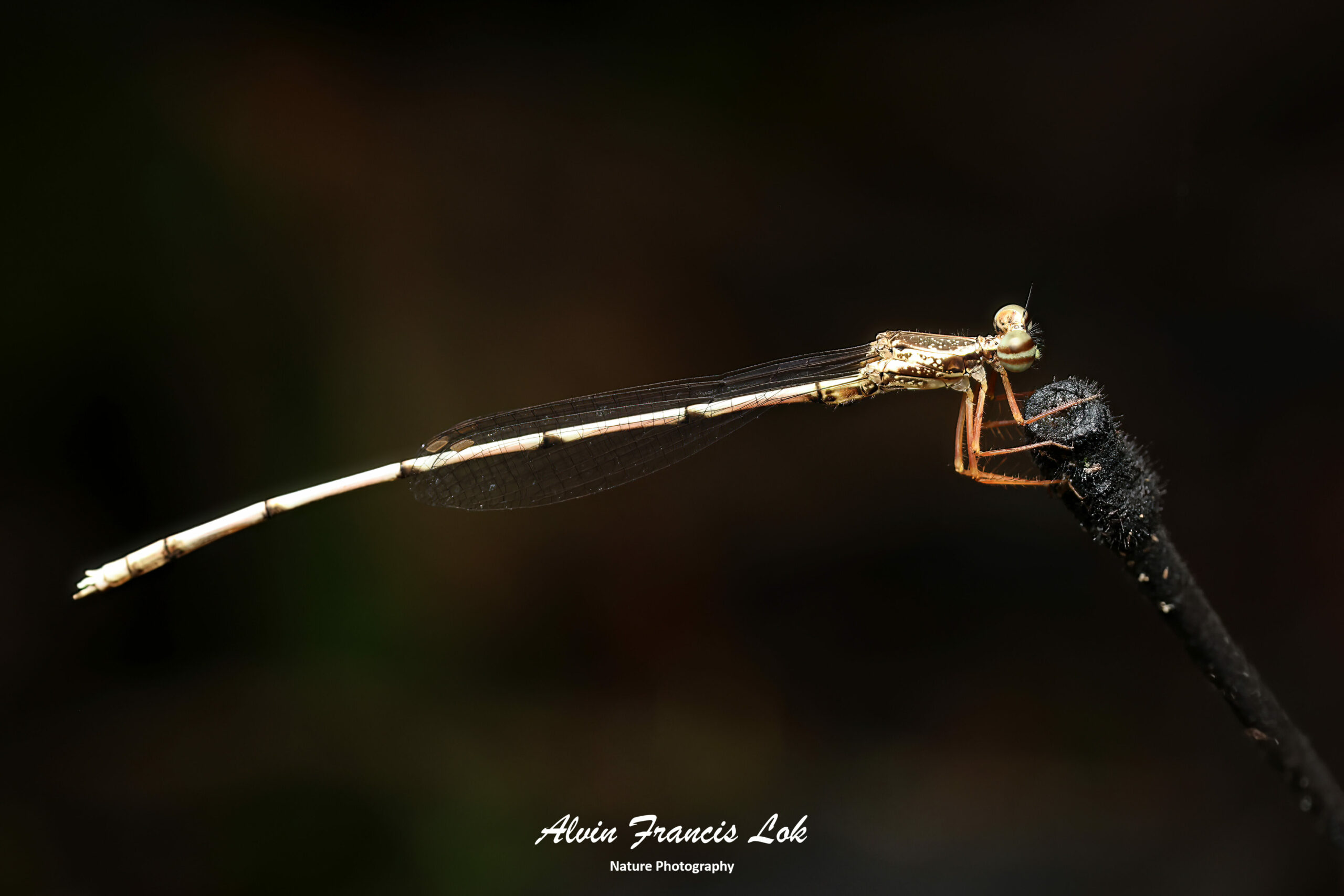
(Sarawak, Malaysia)
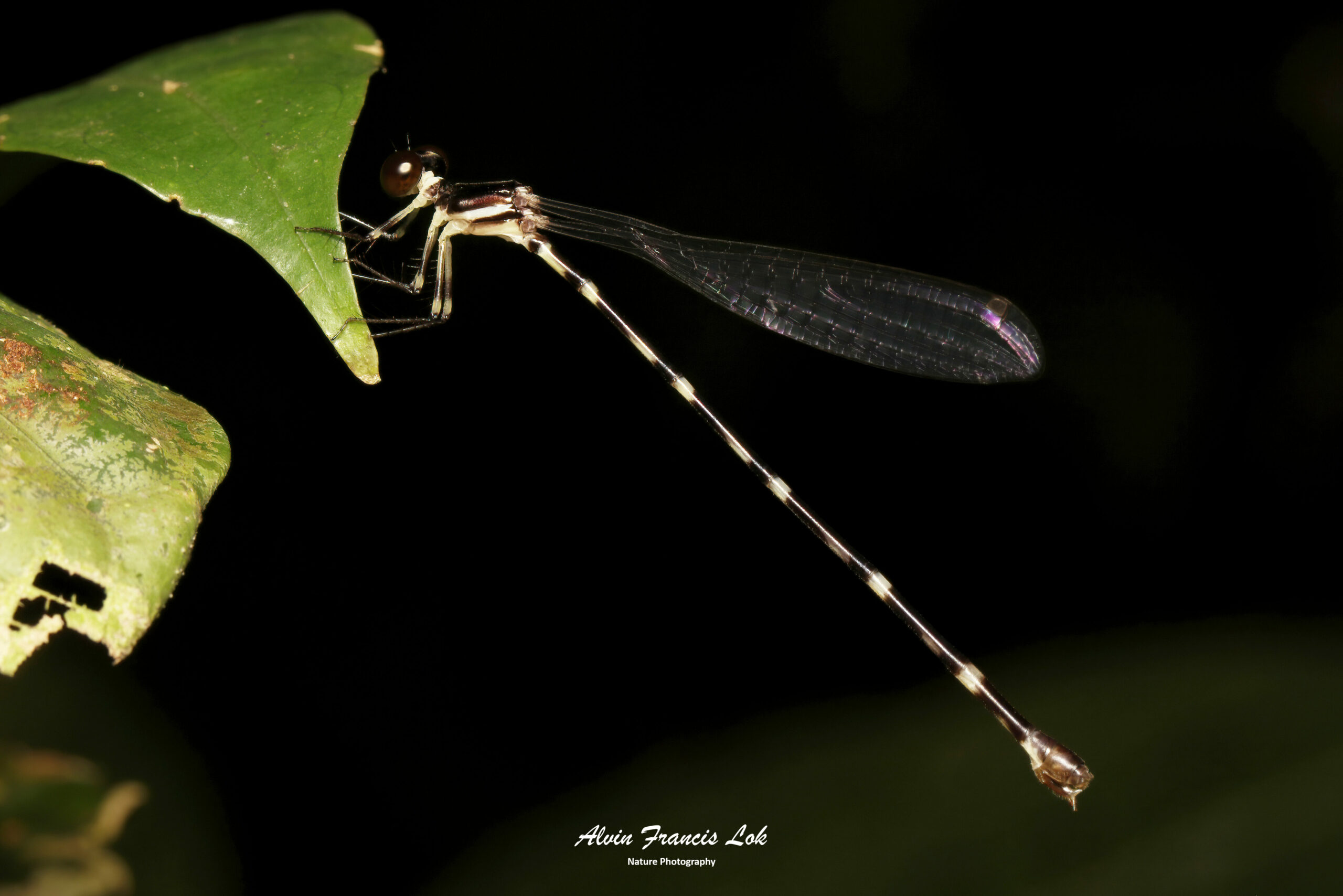
(Singapore)
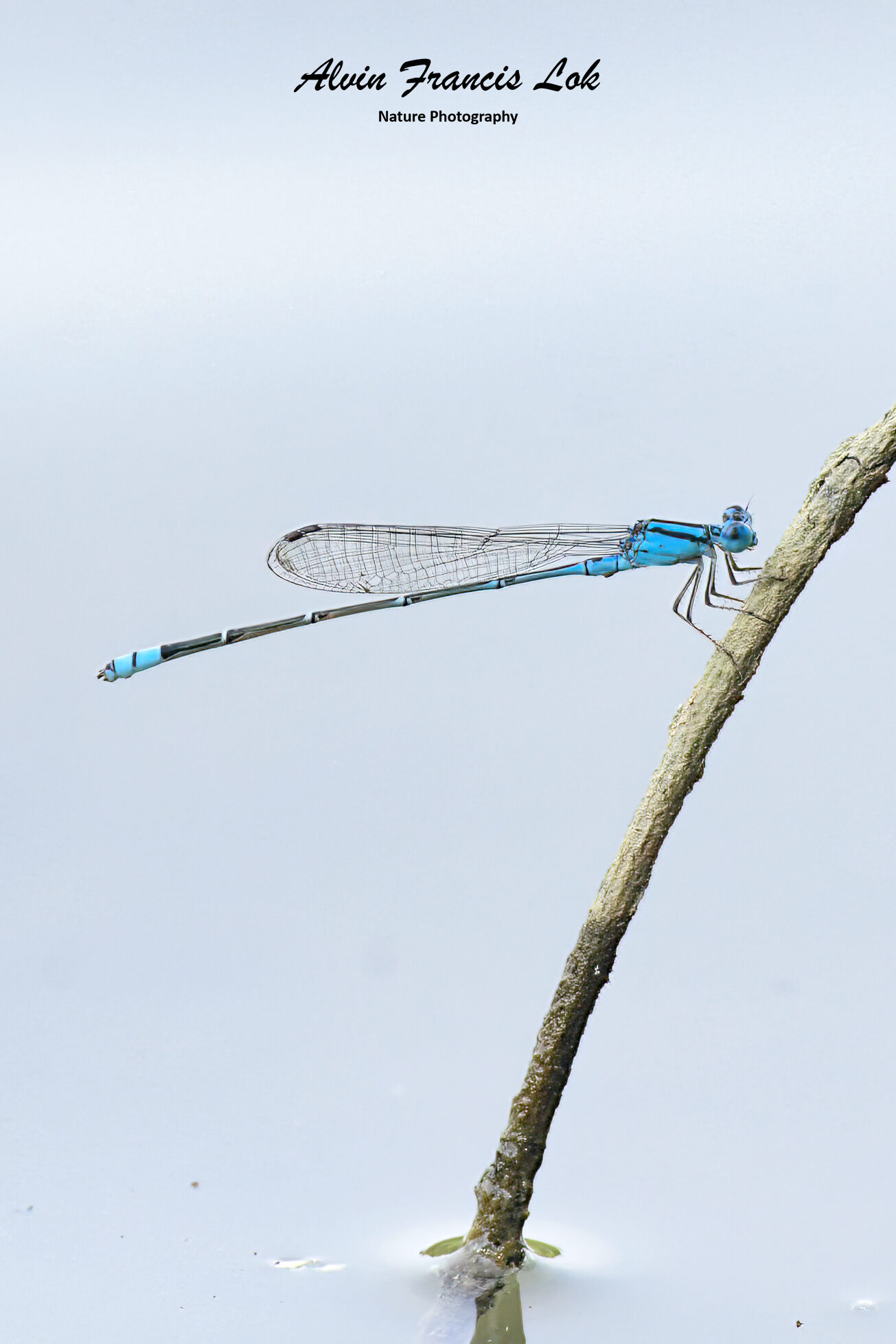
(Singapore)